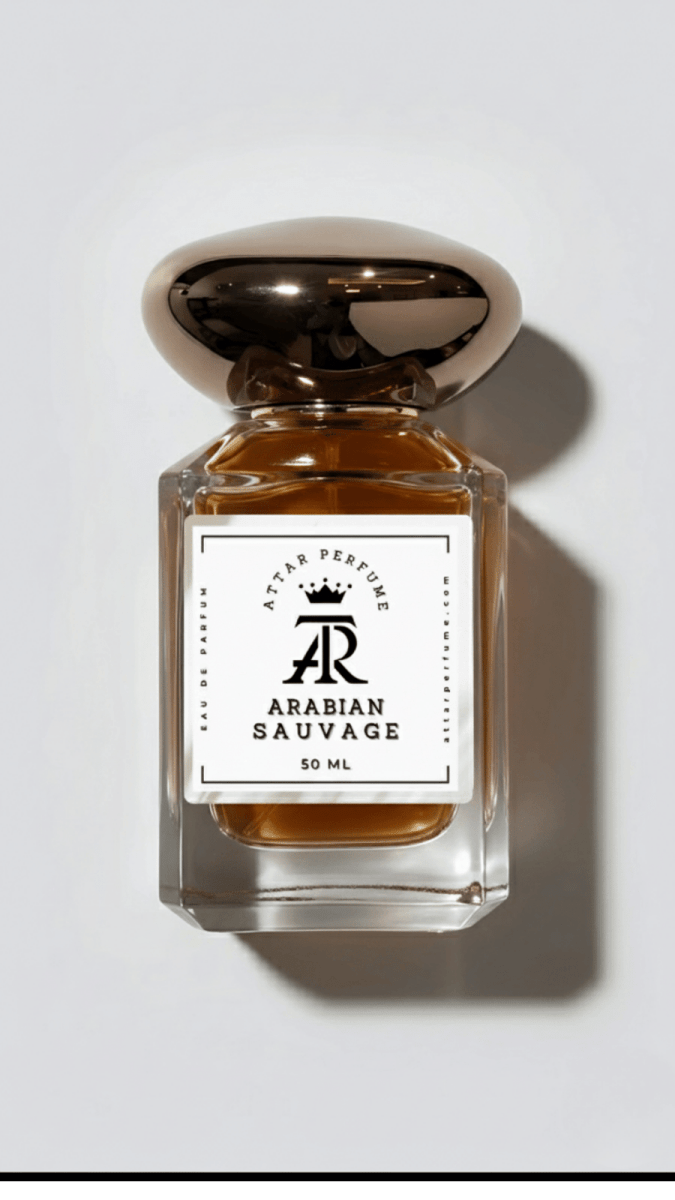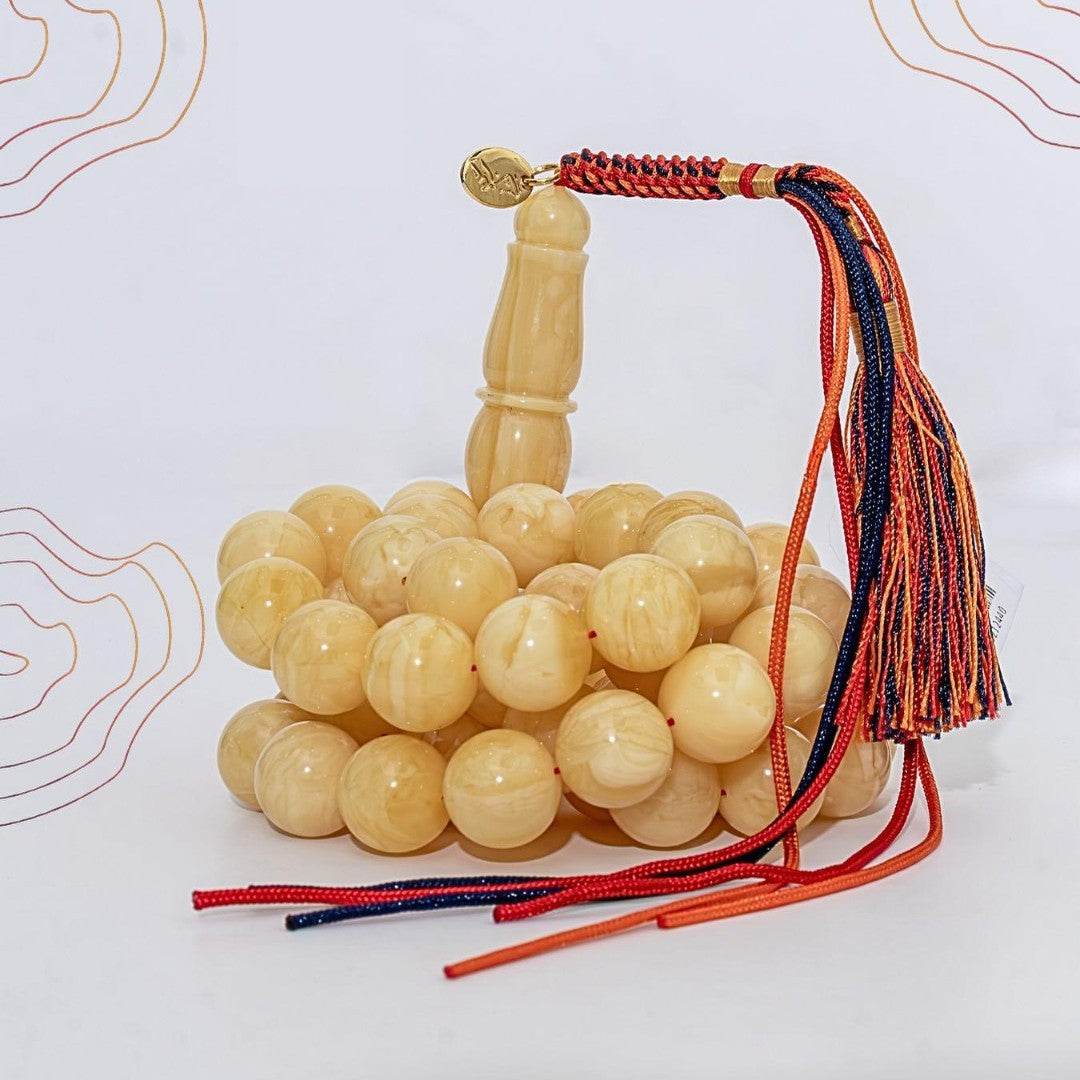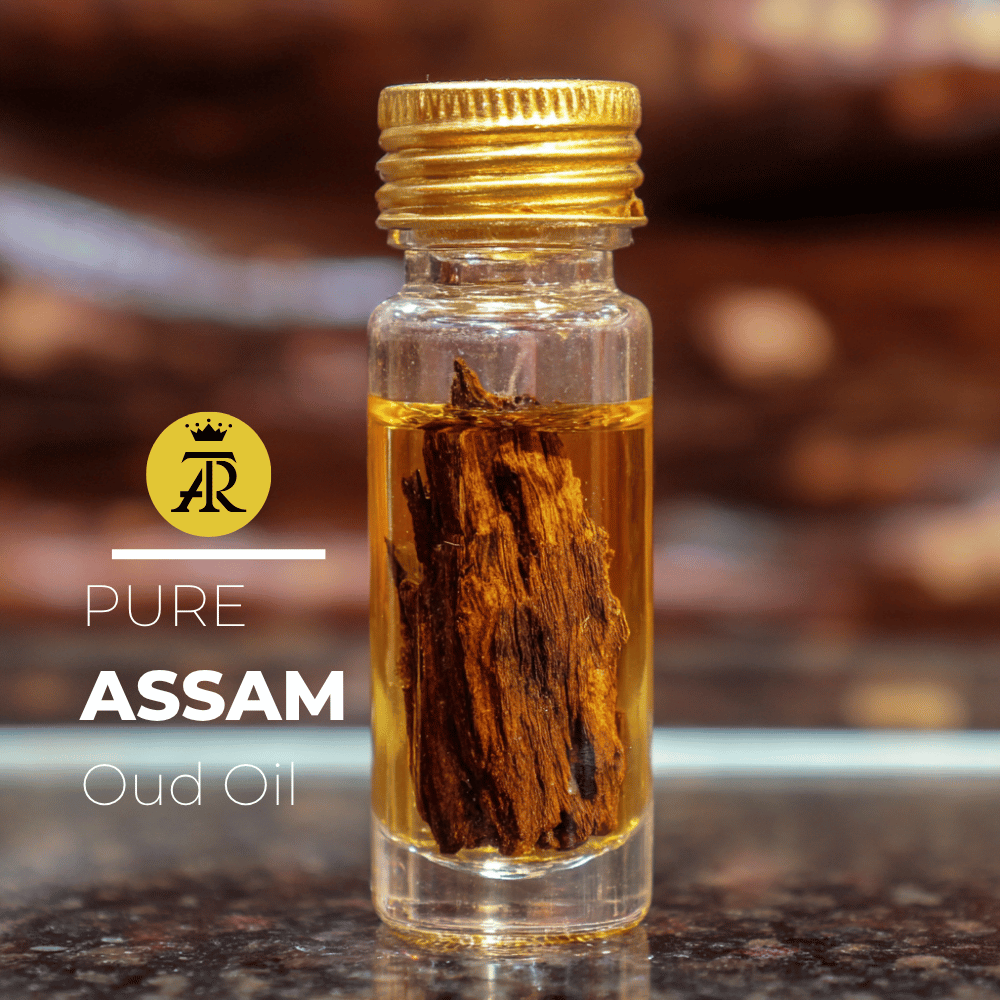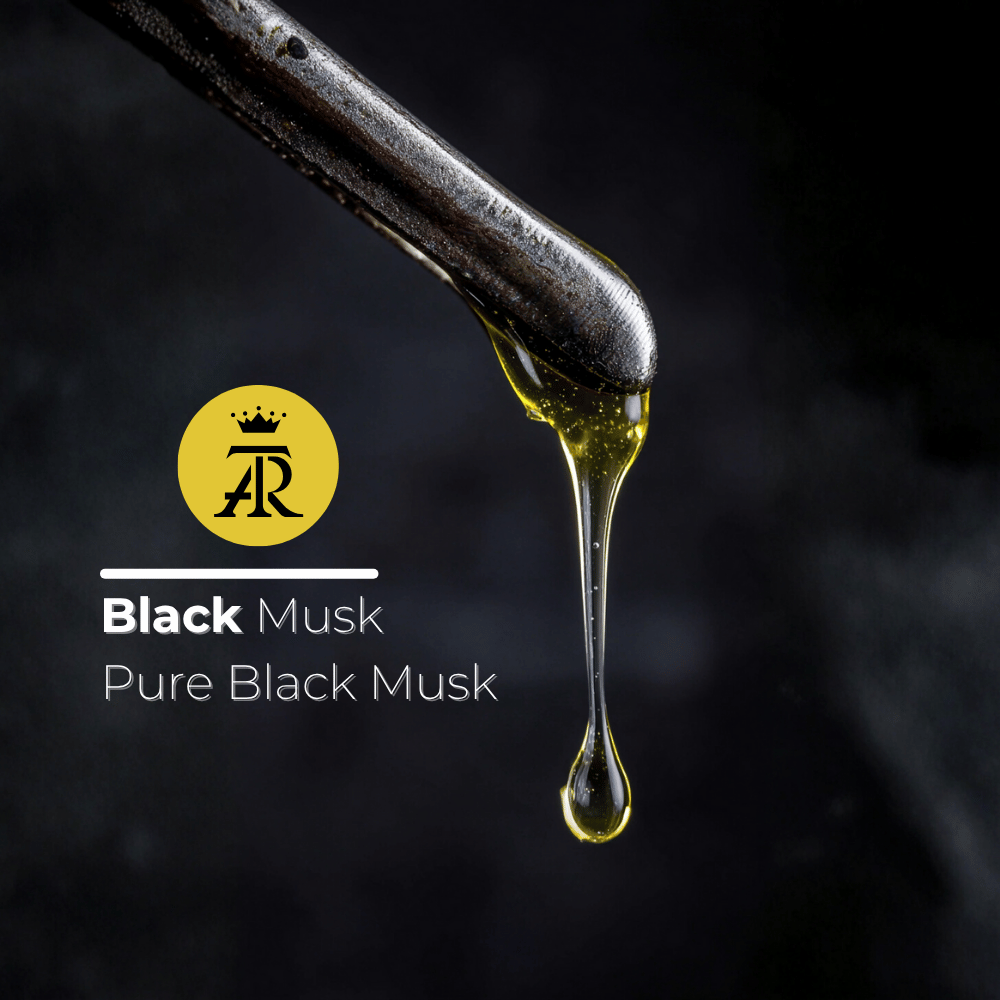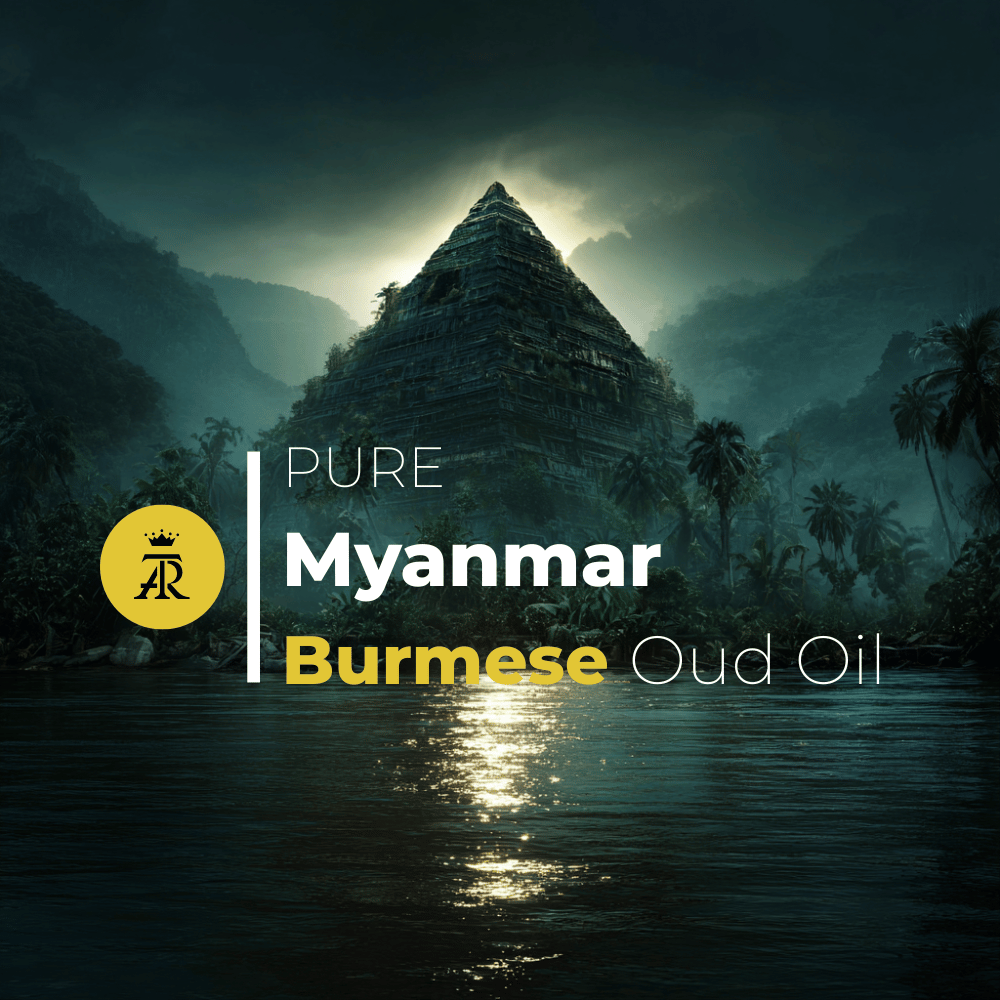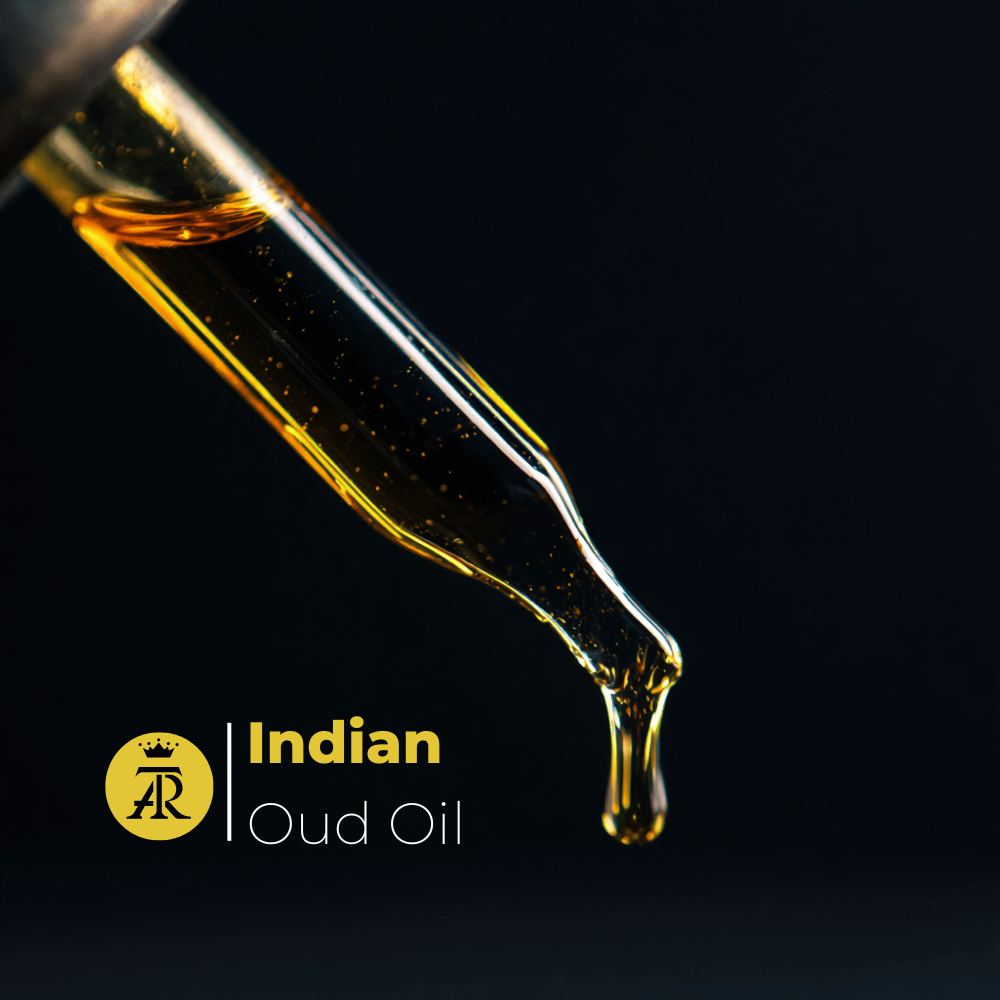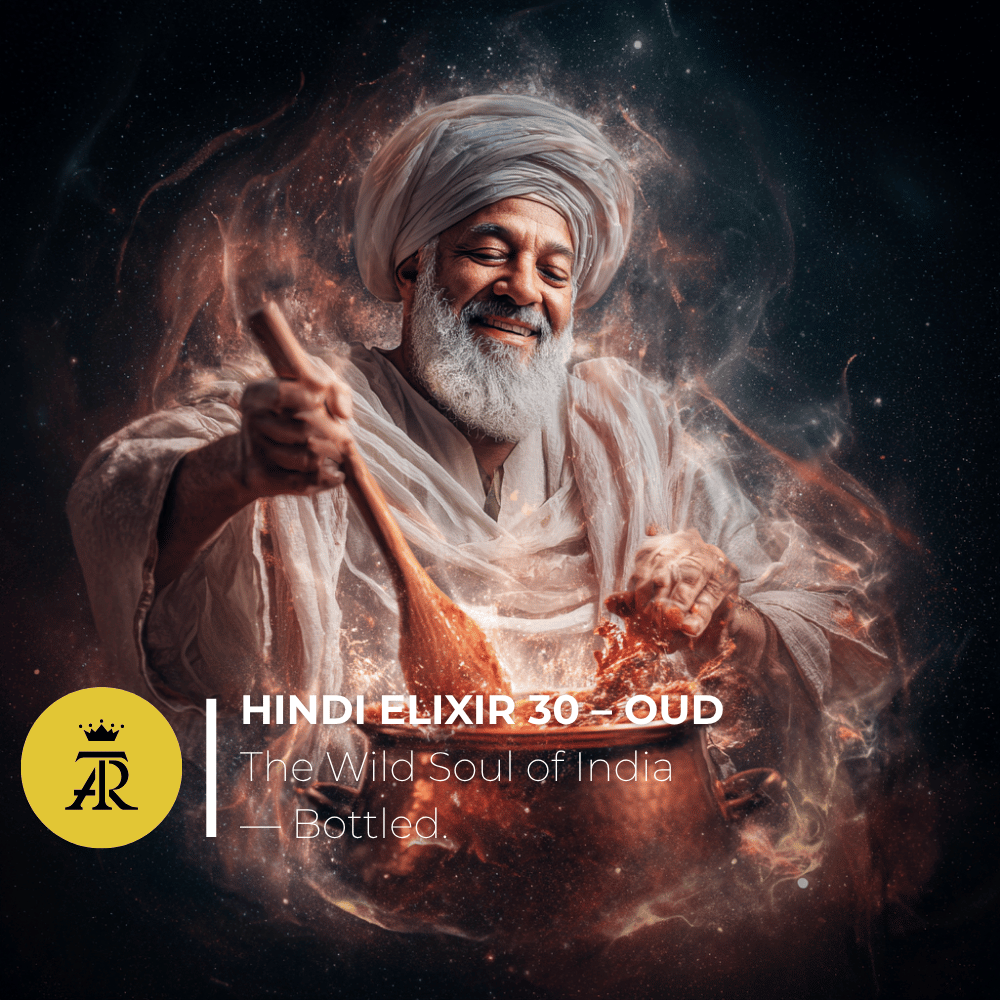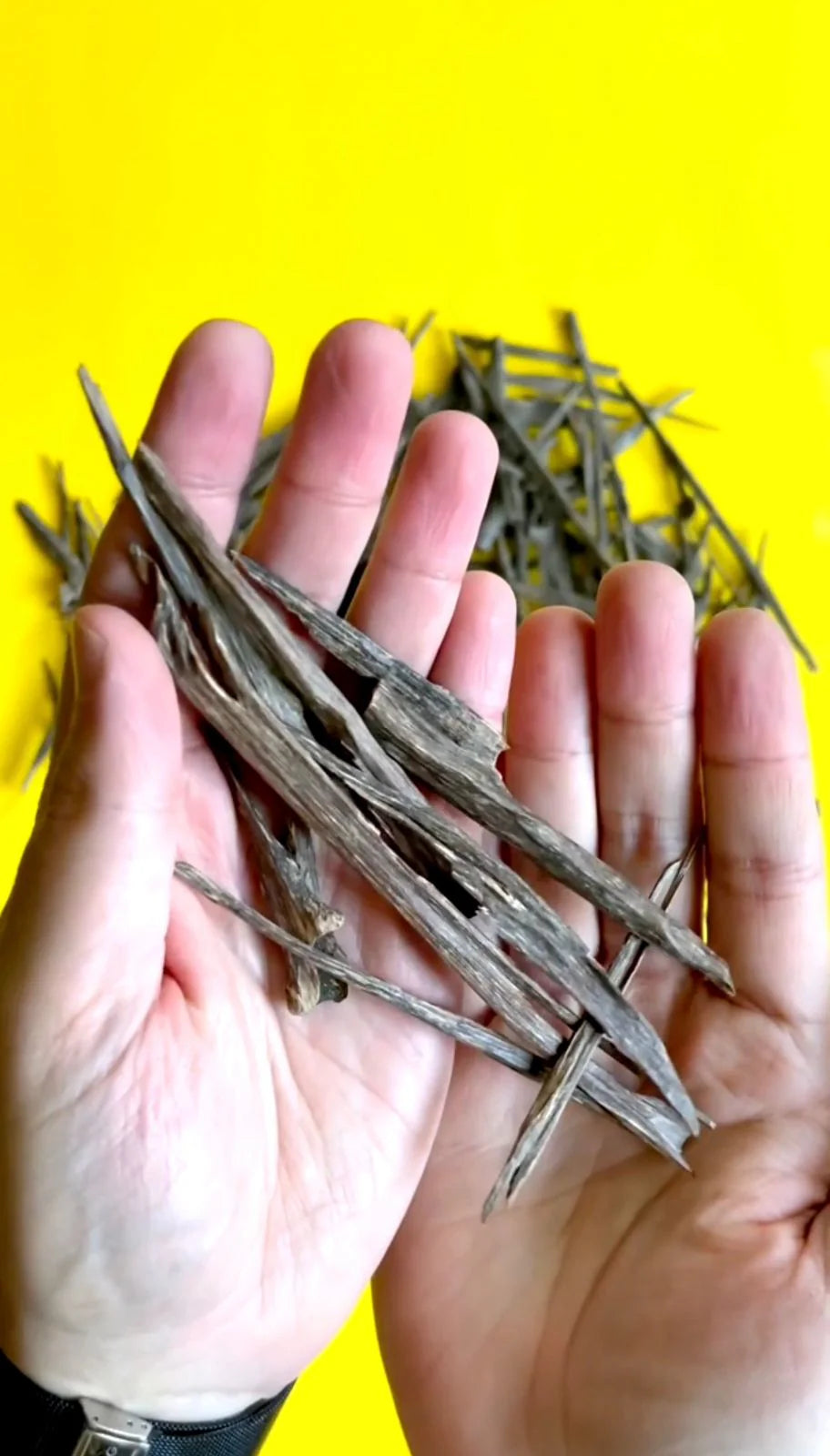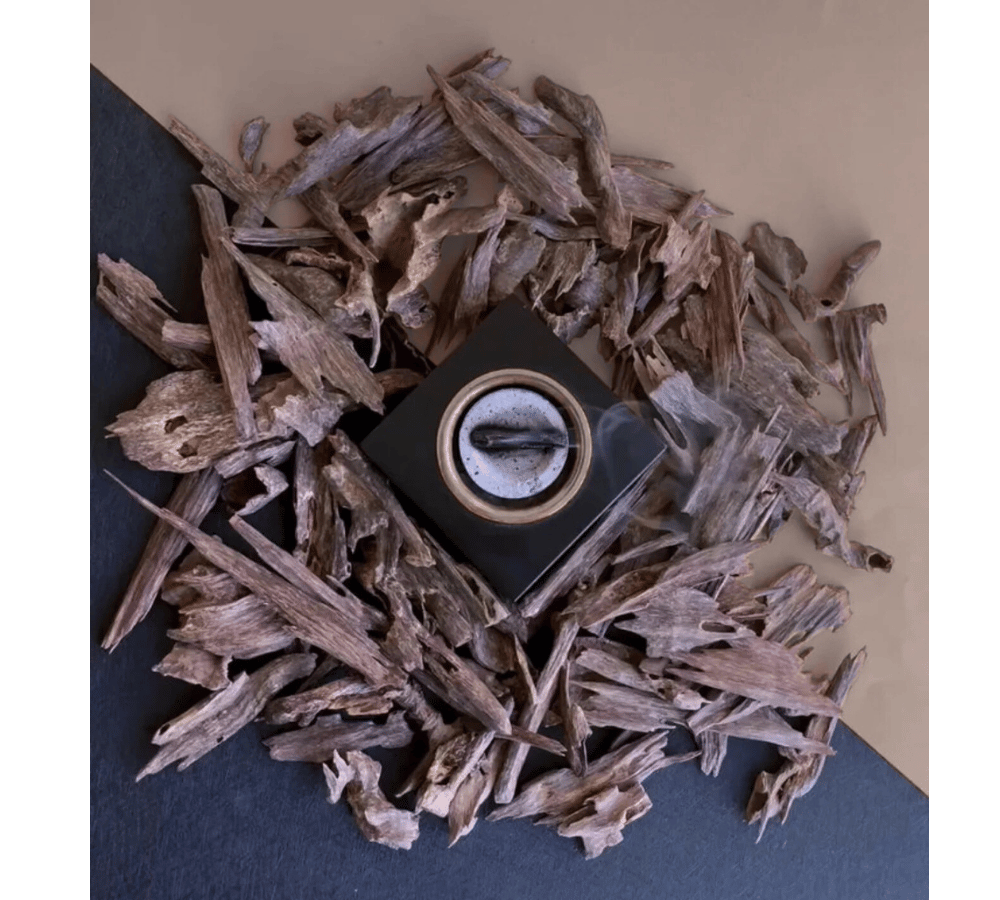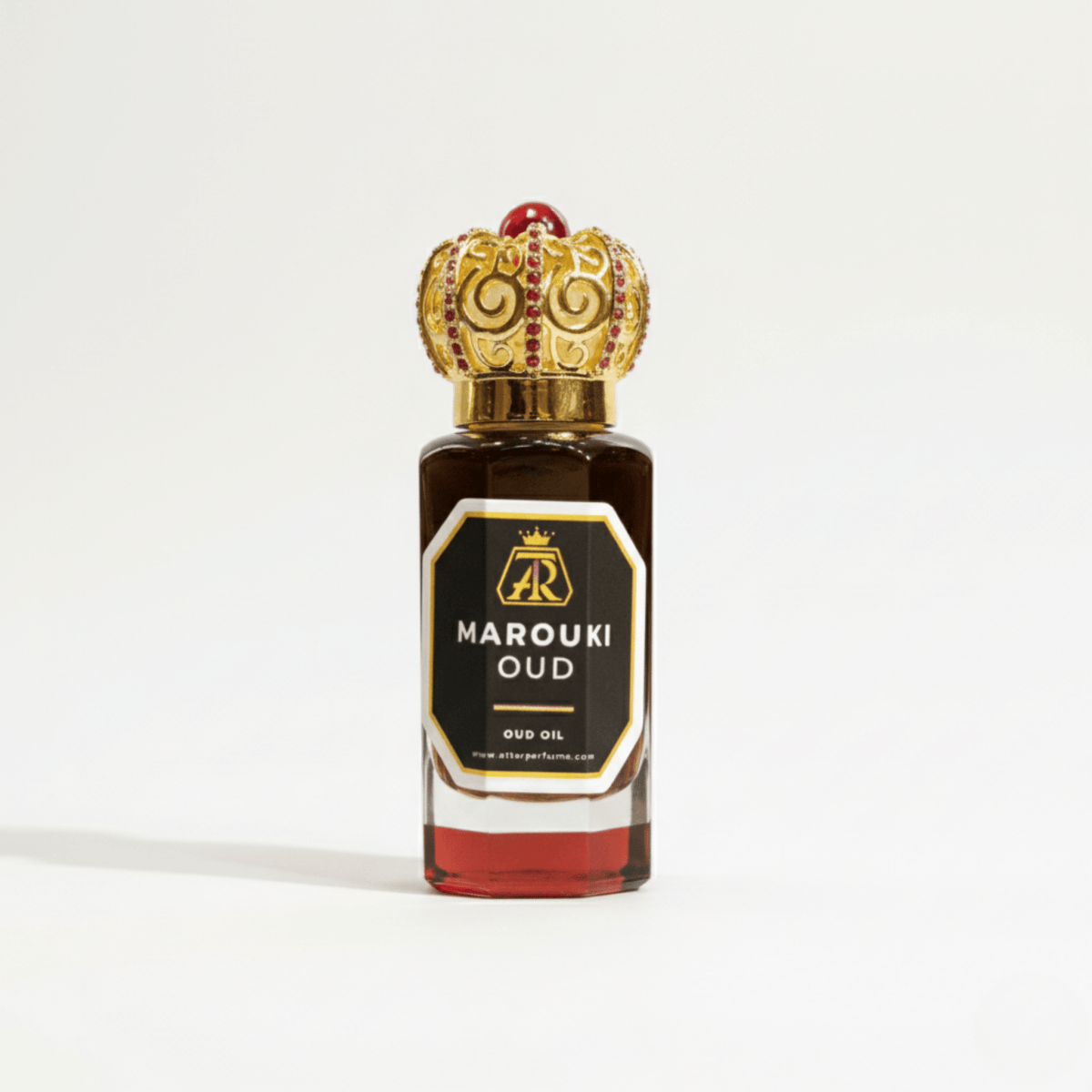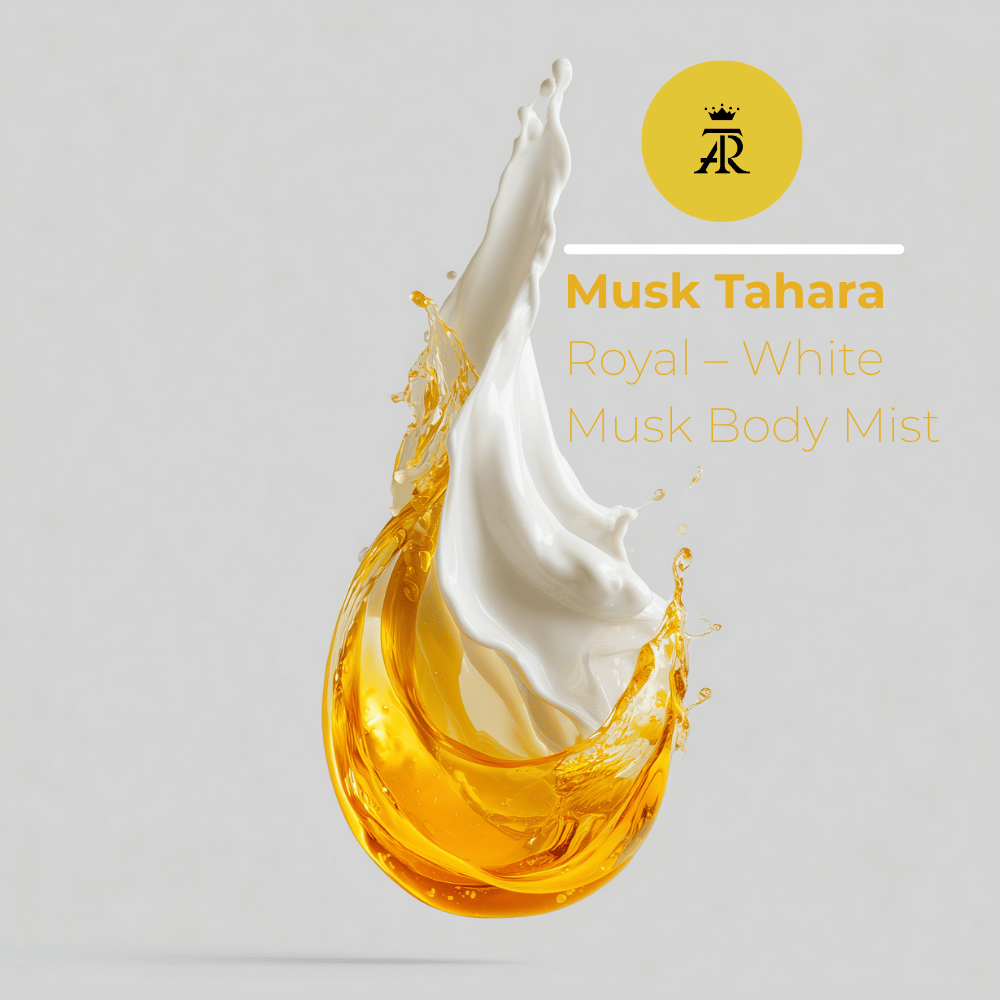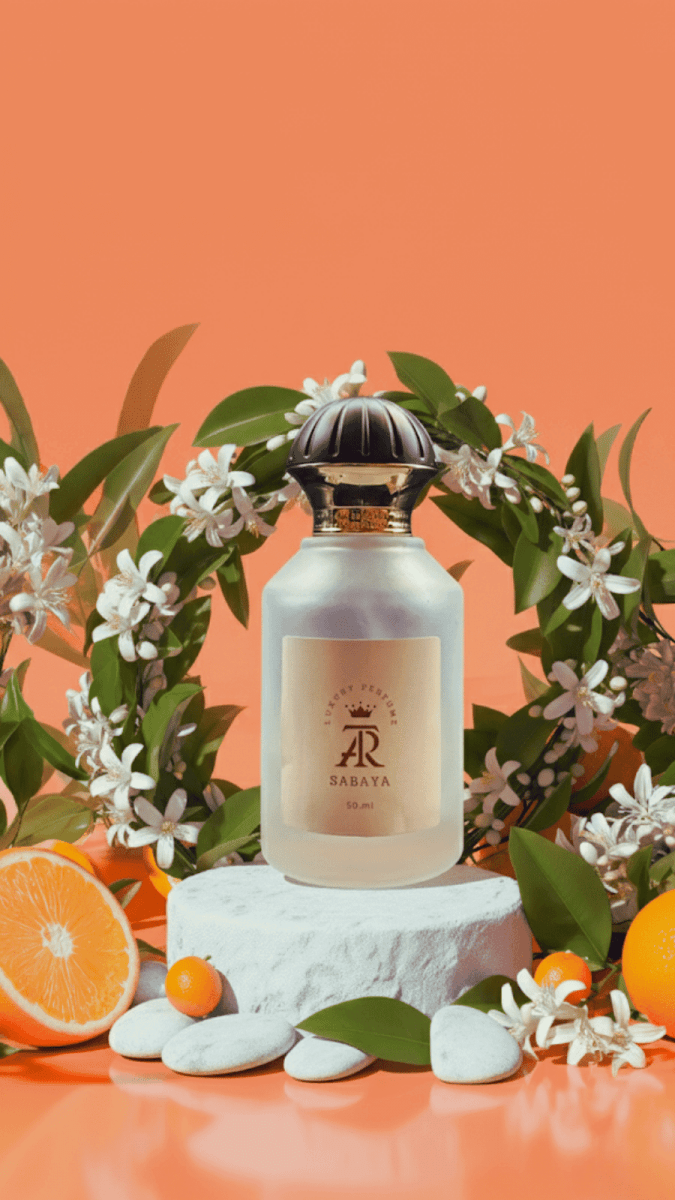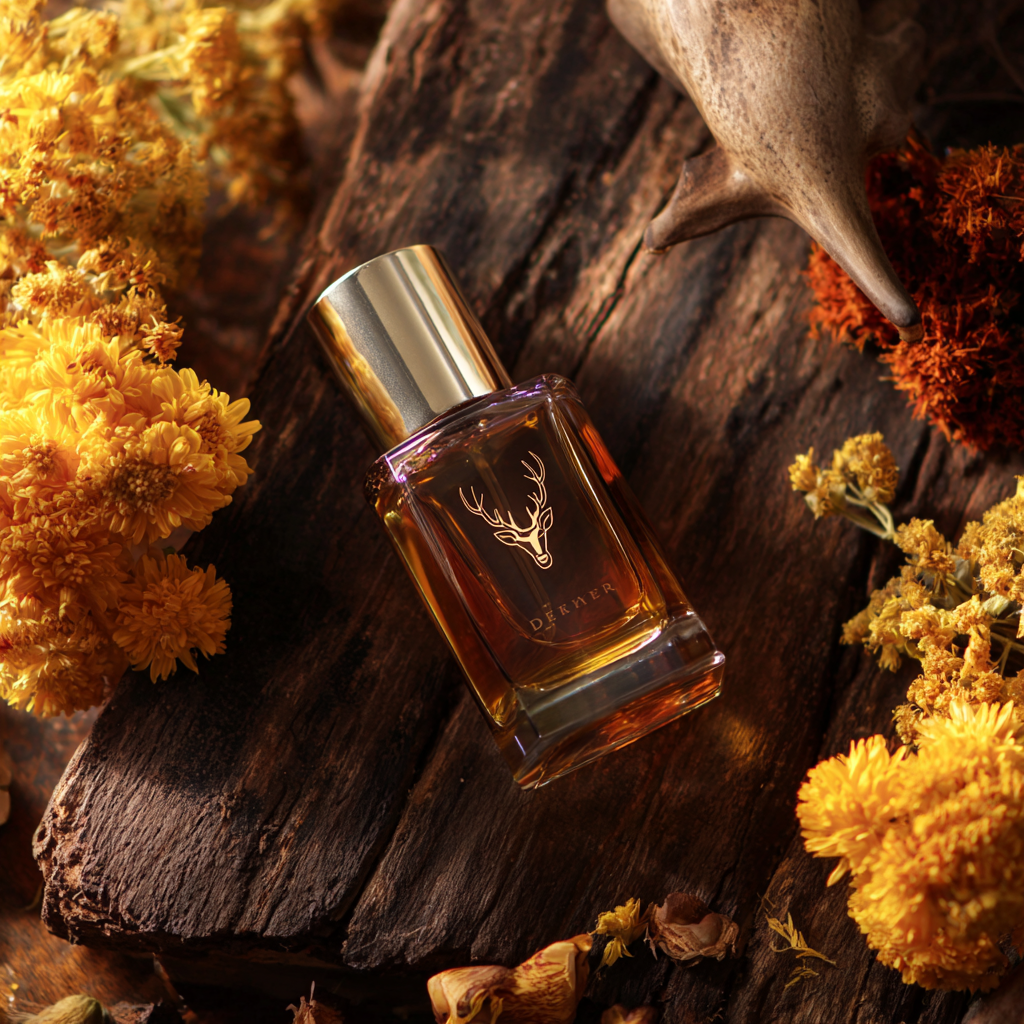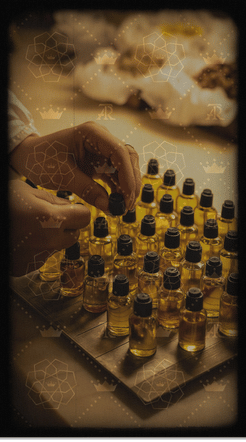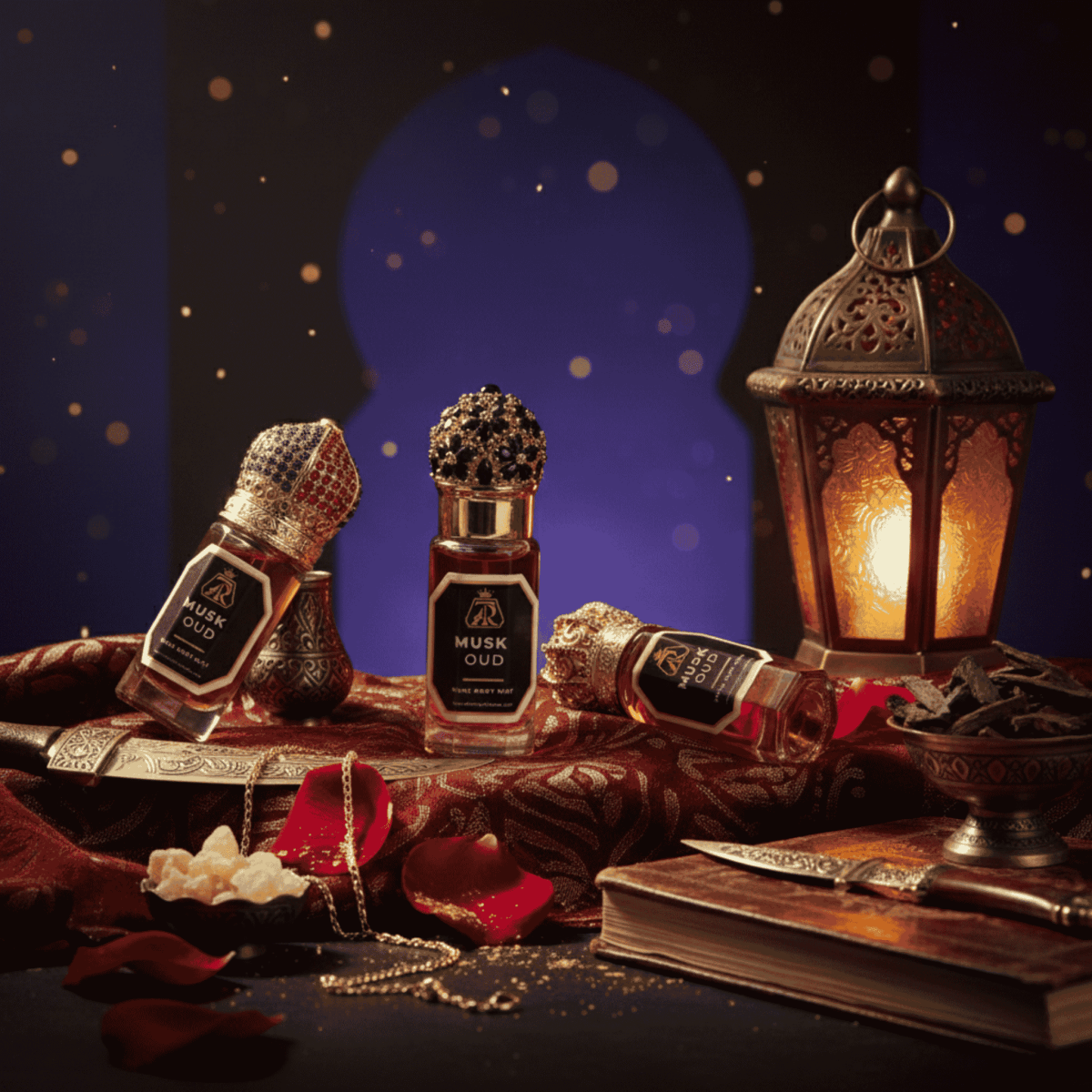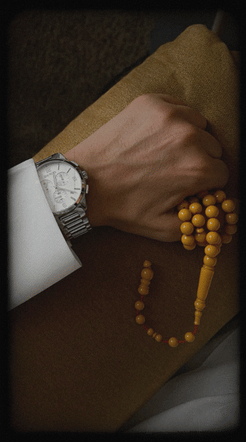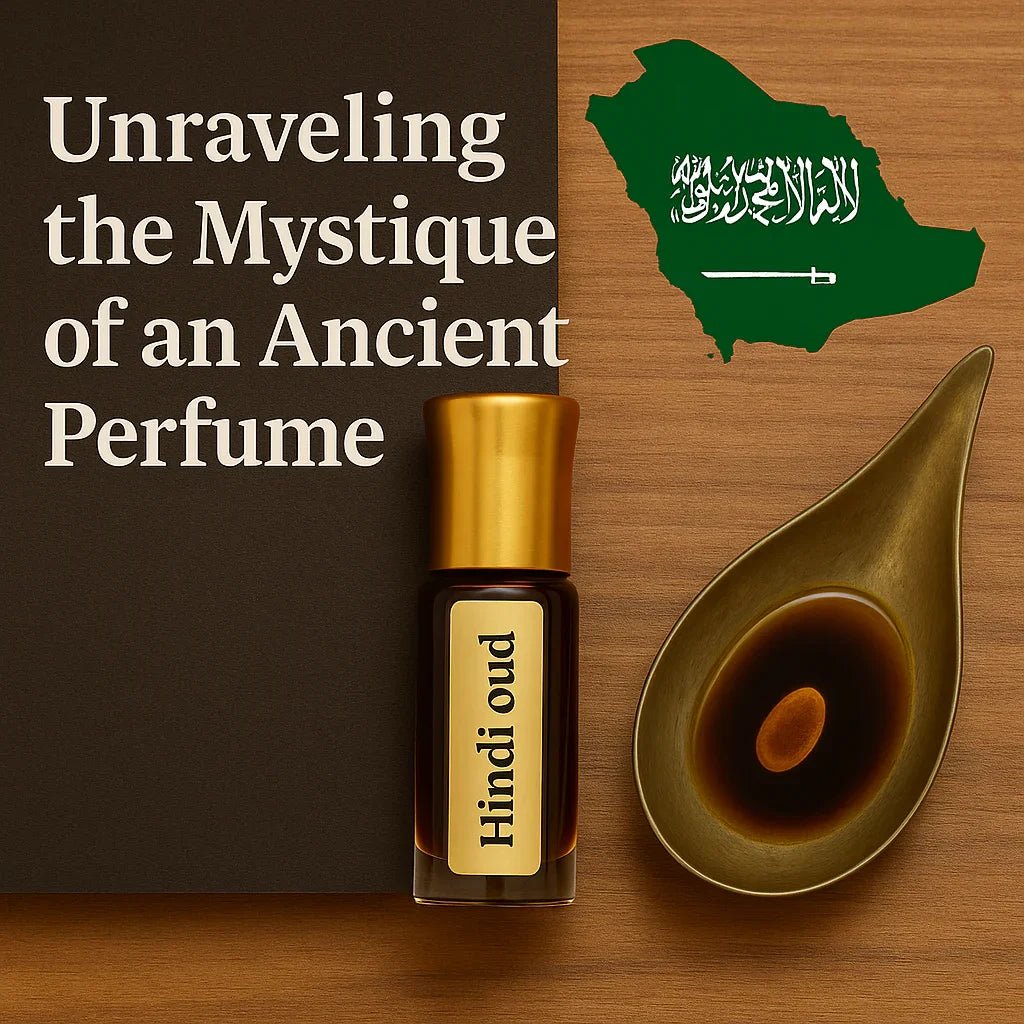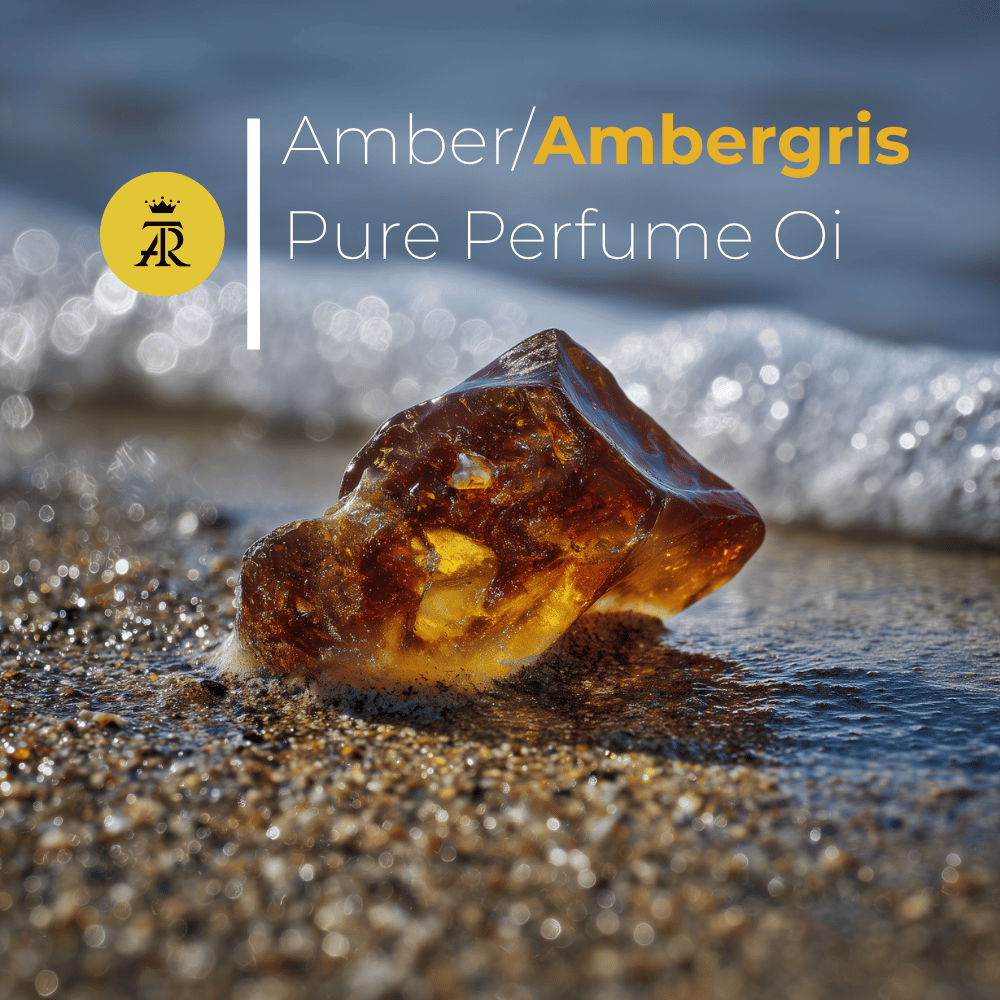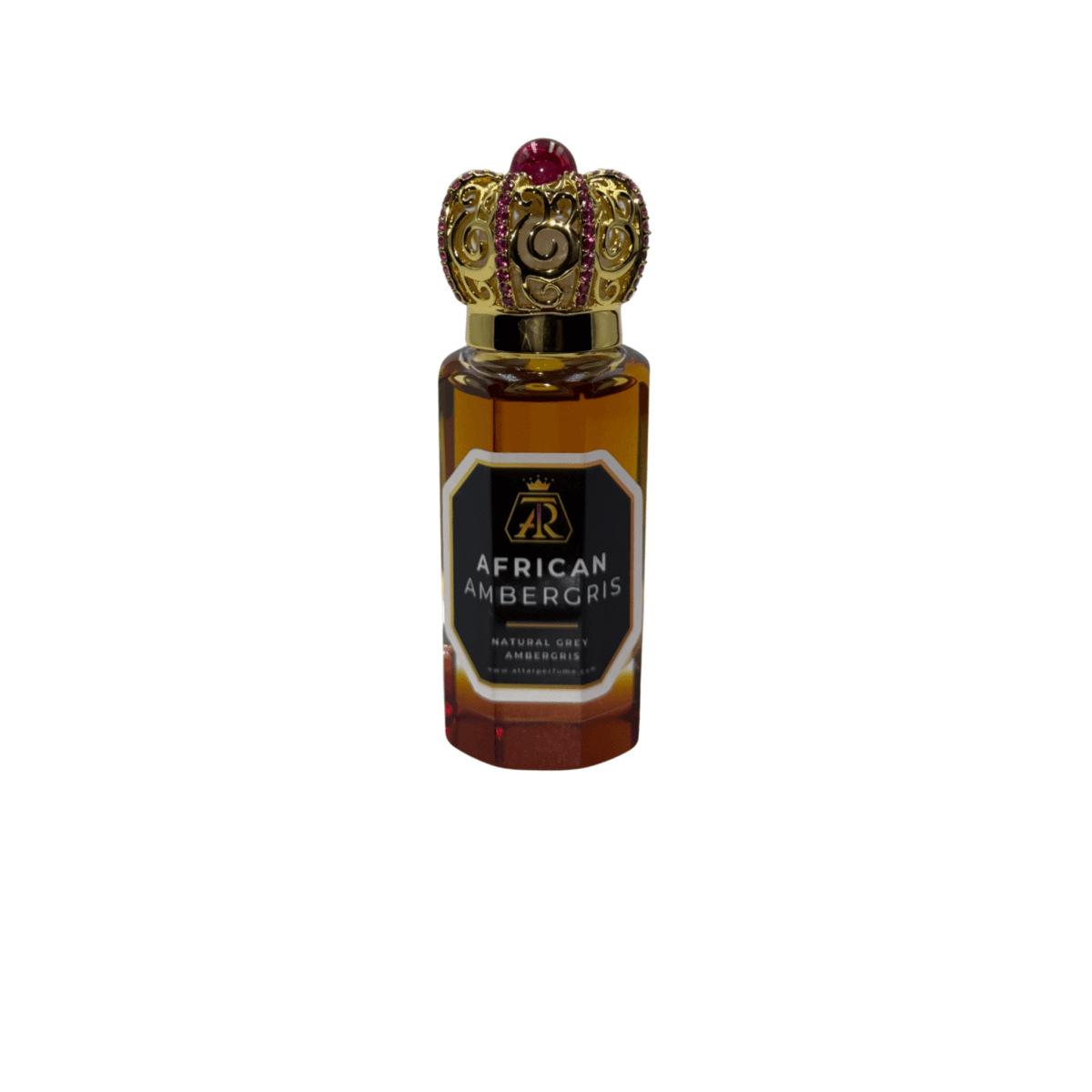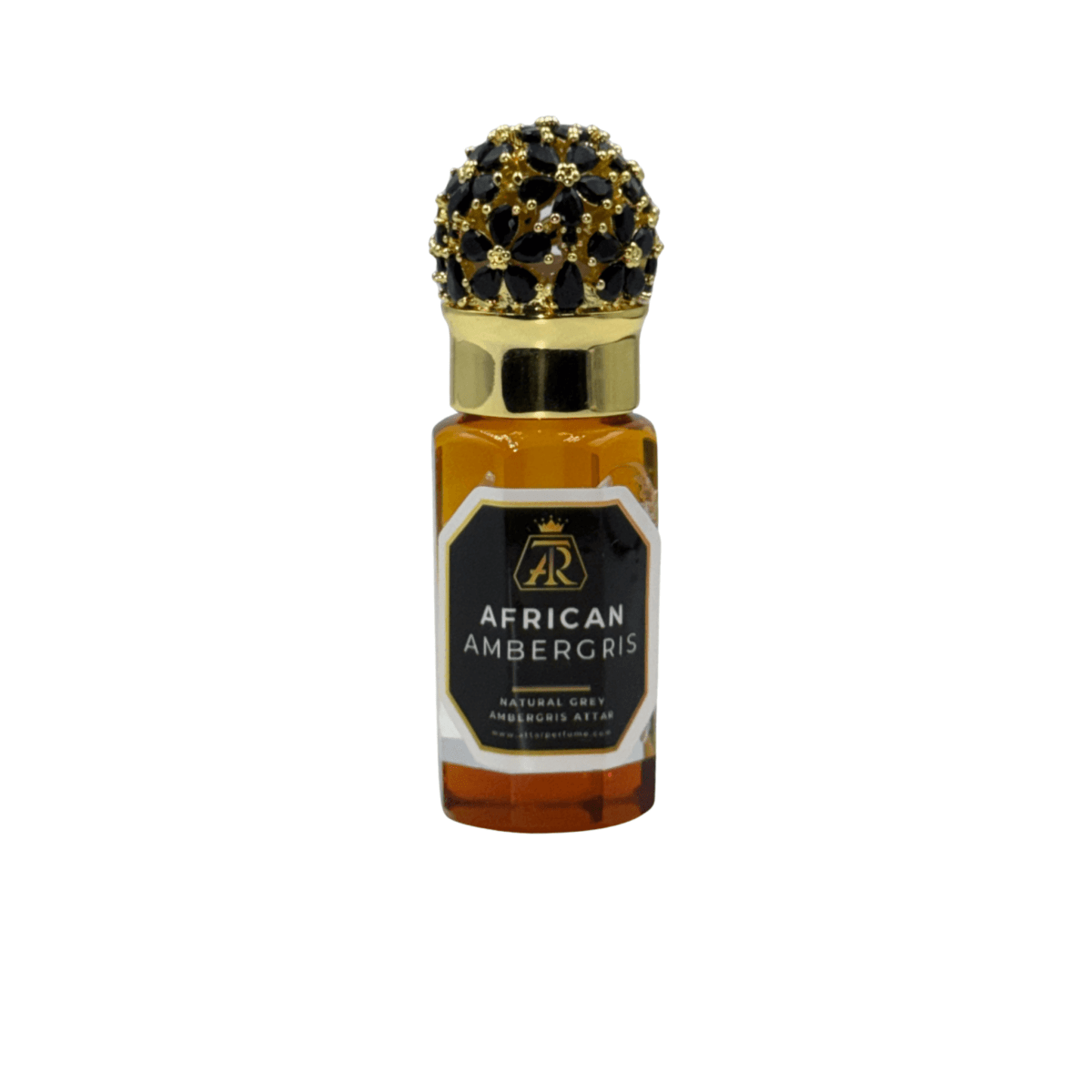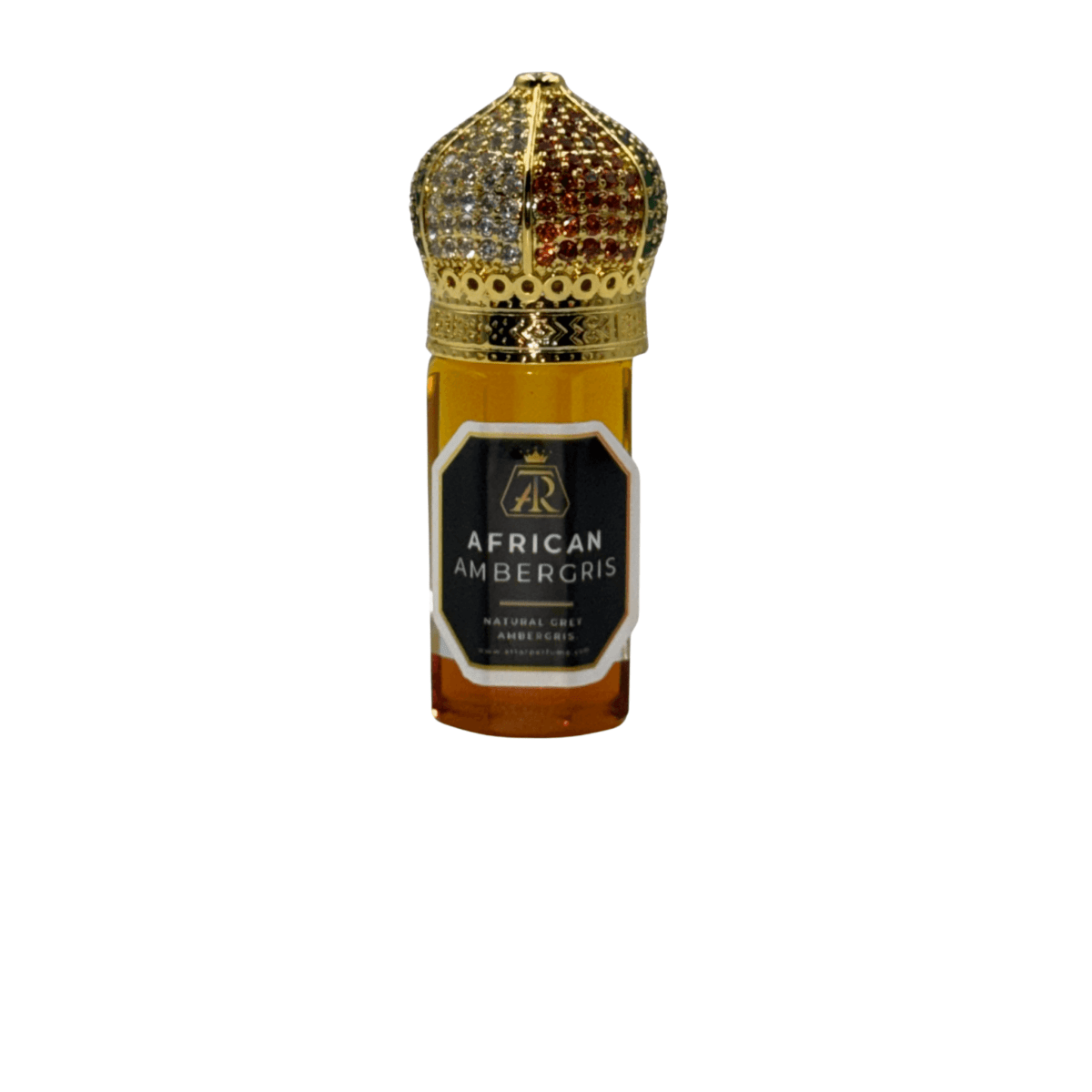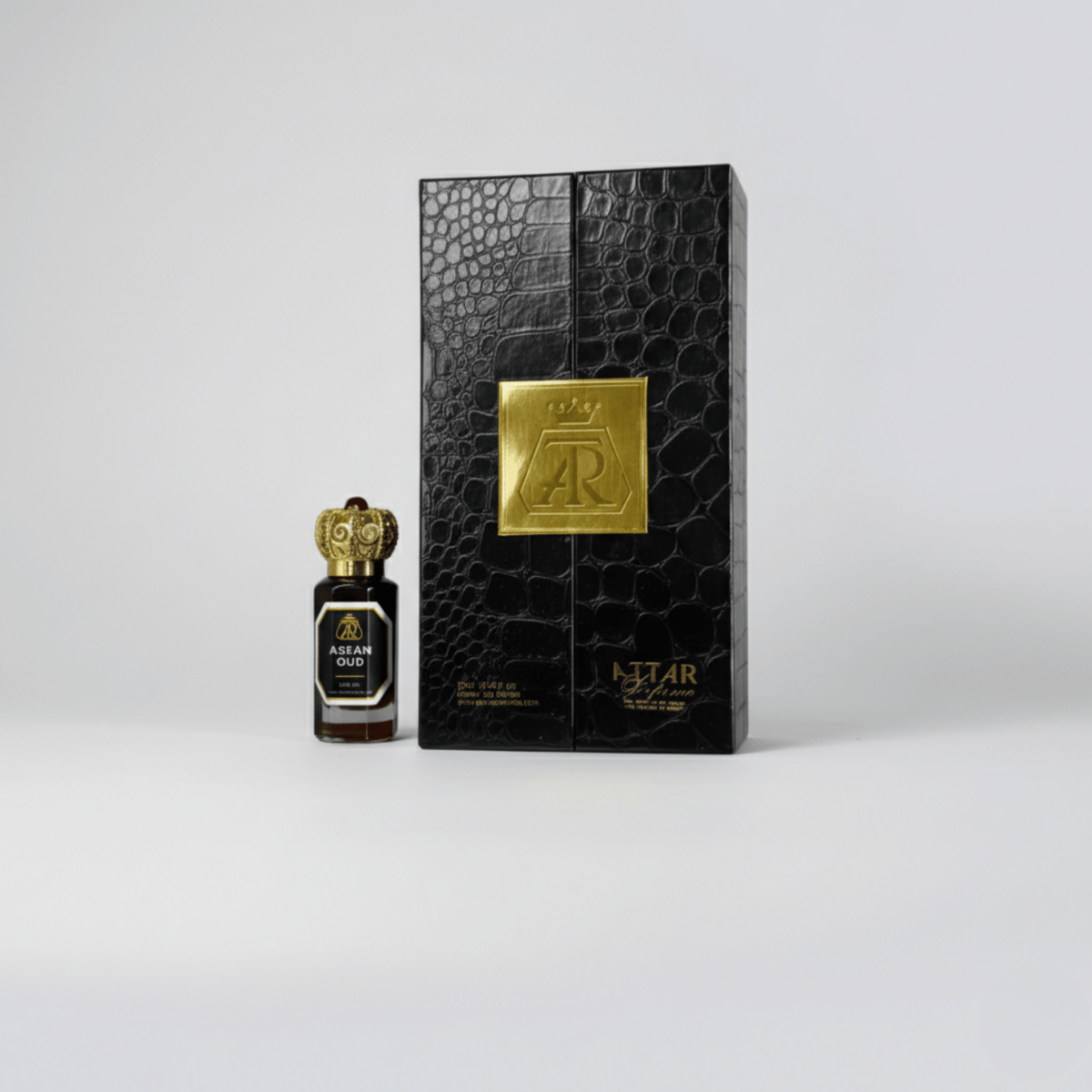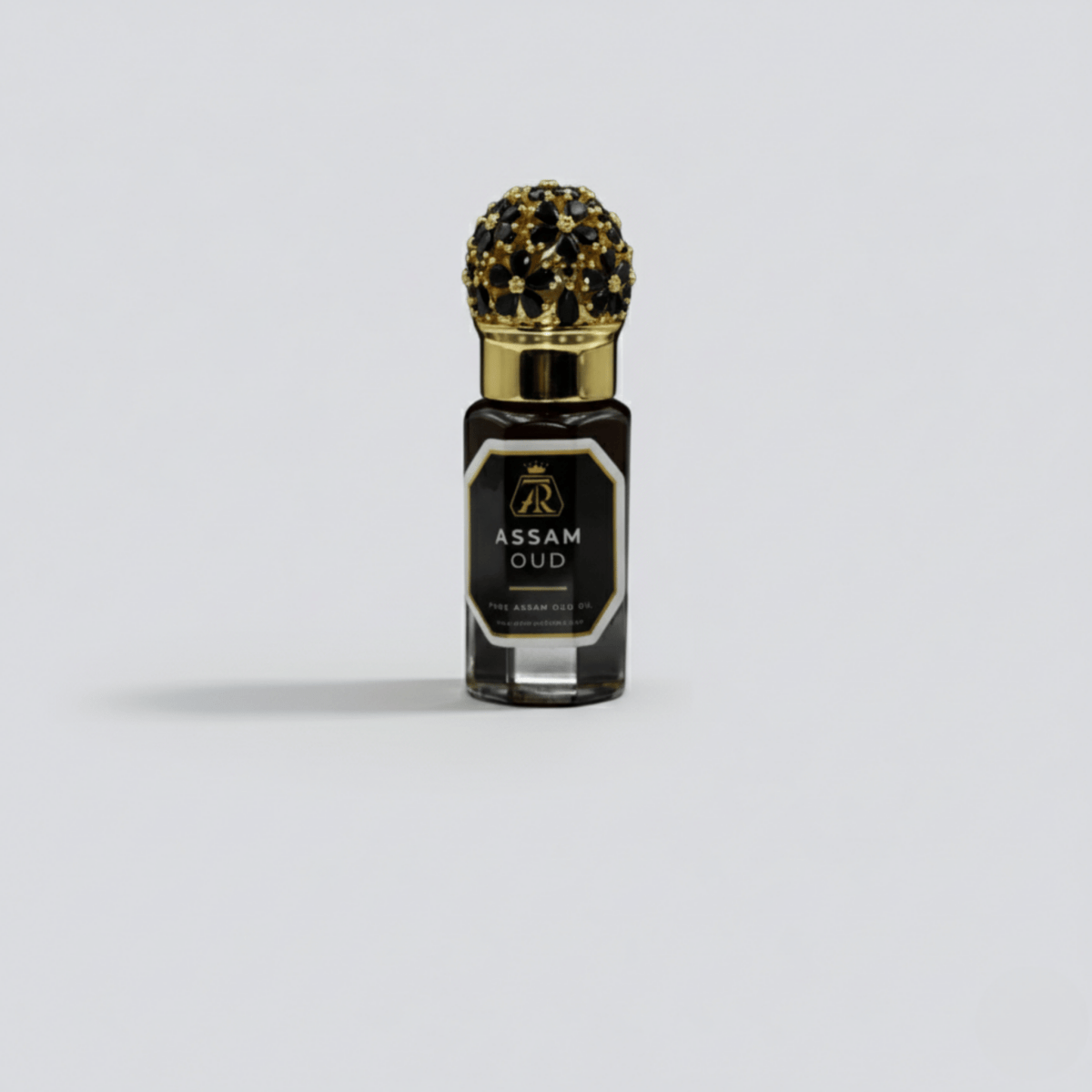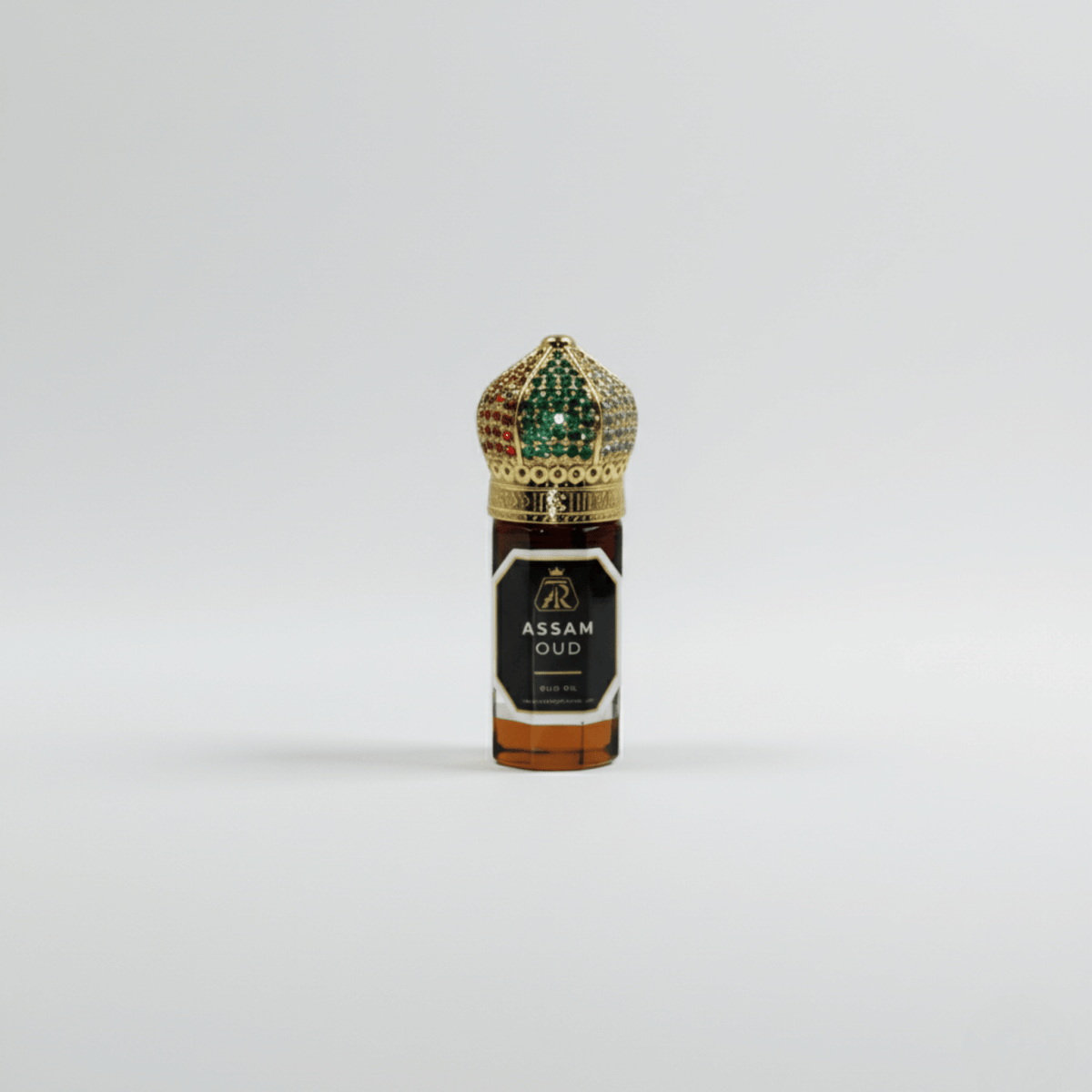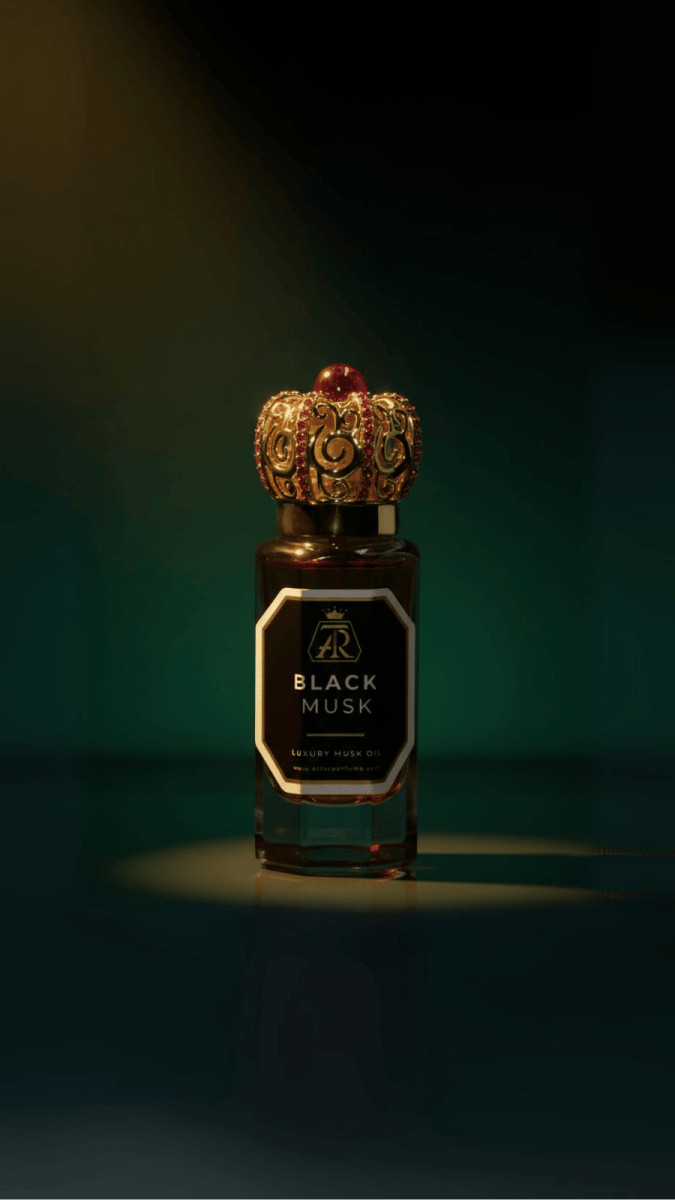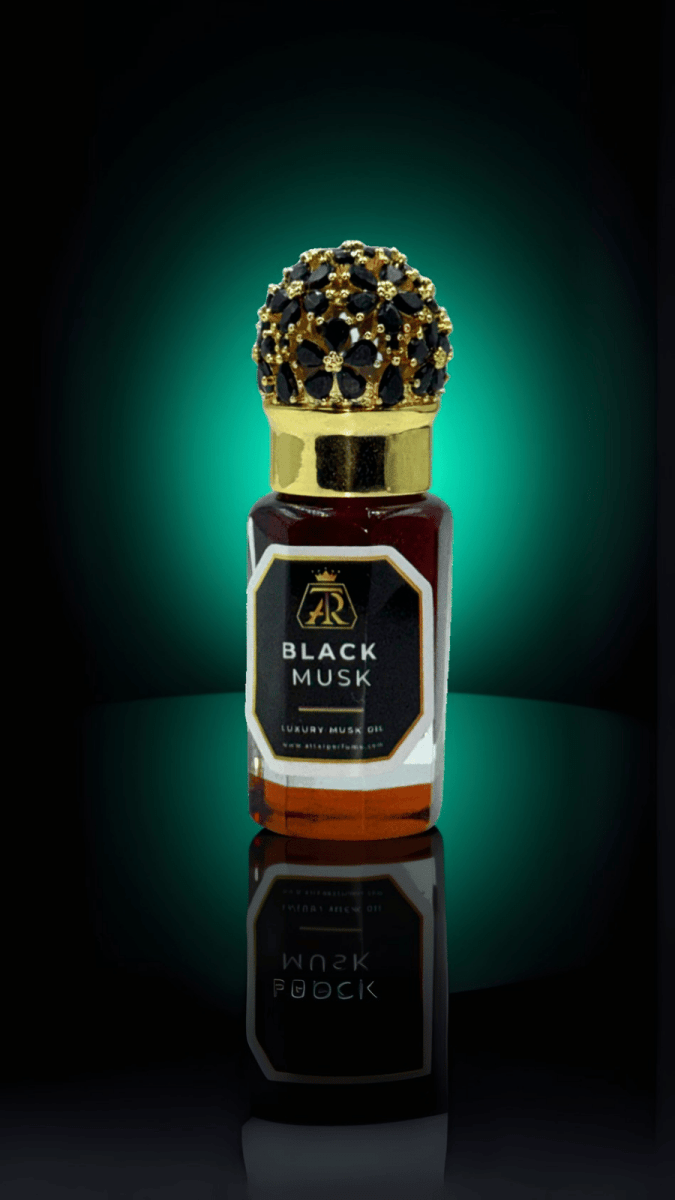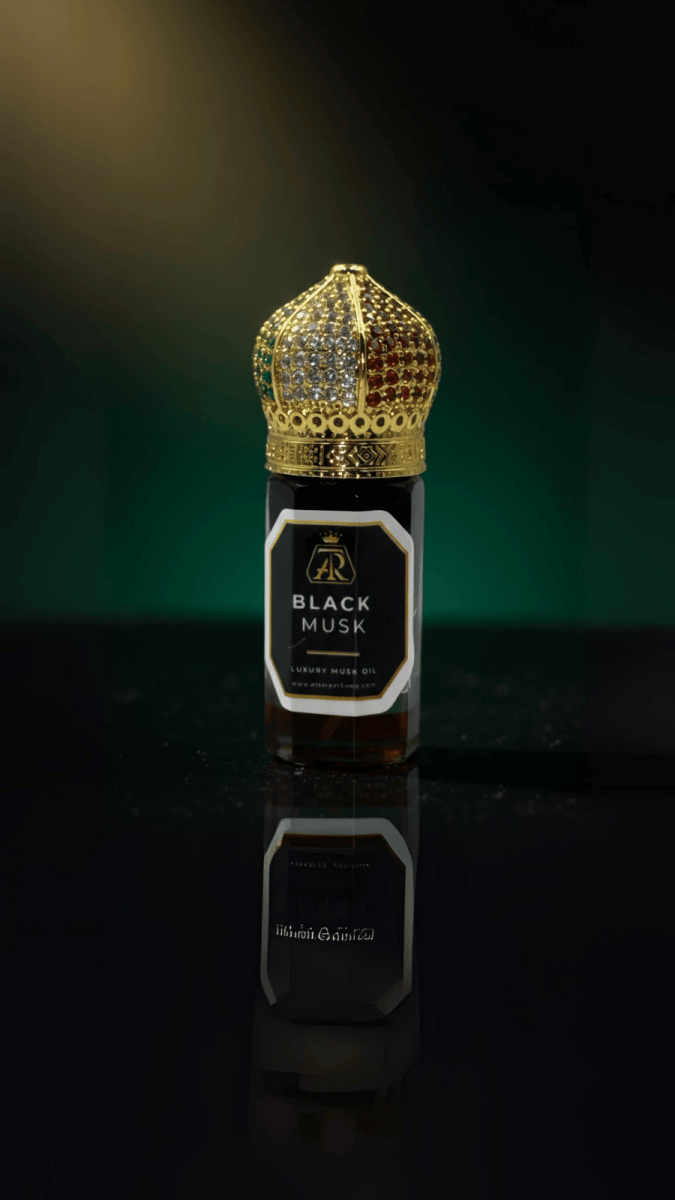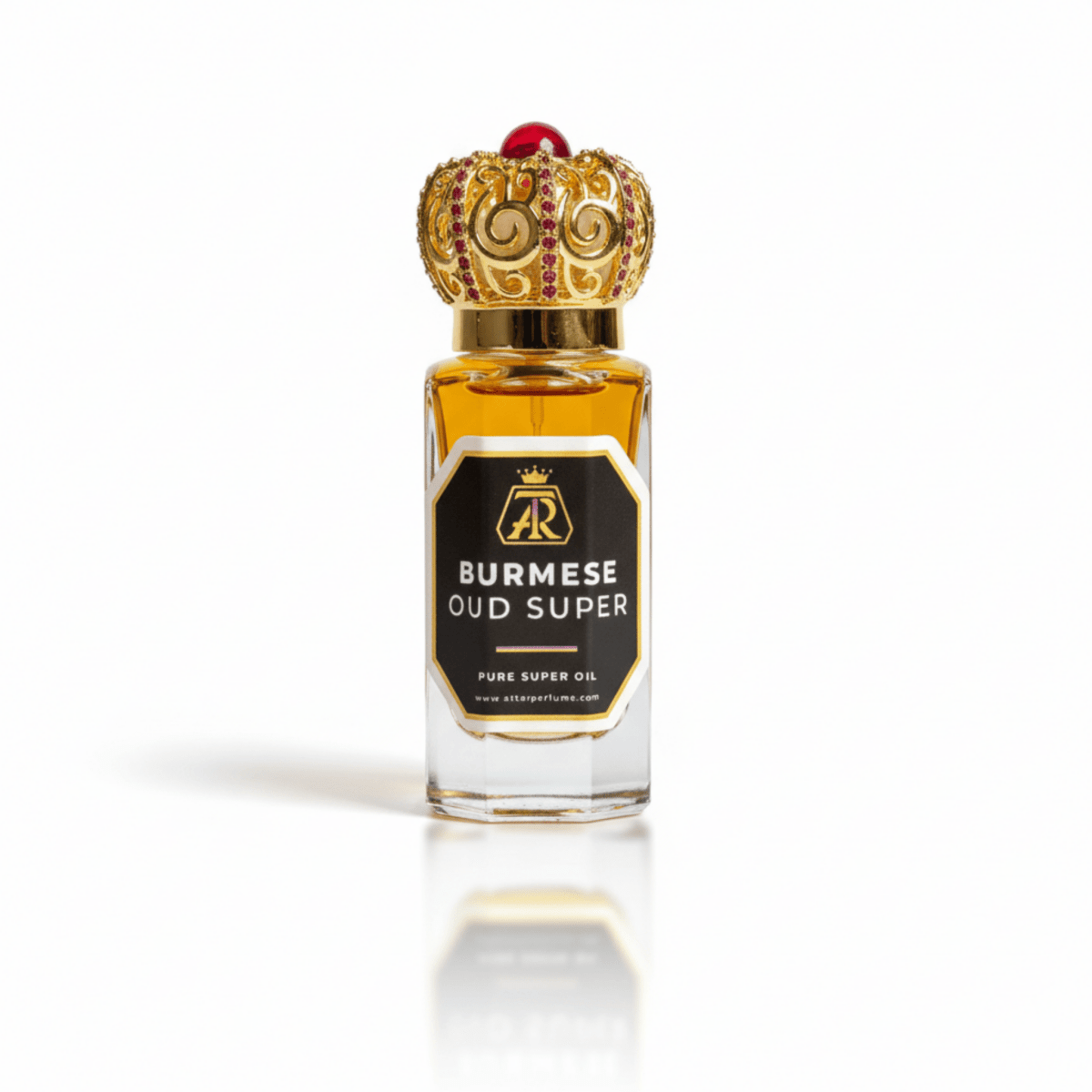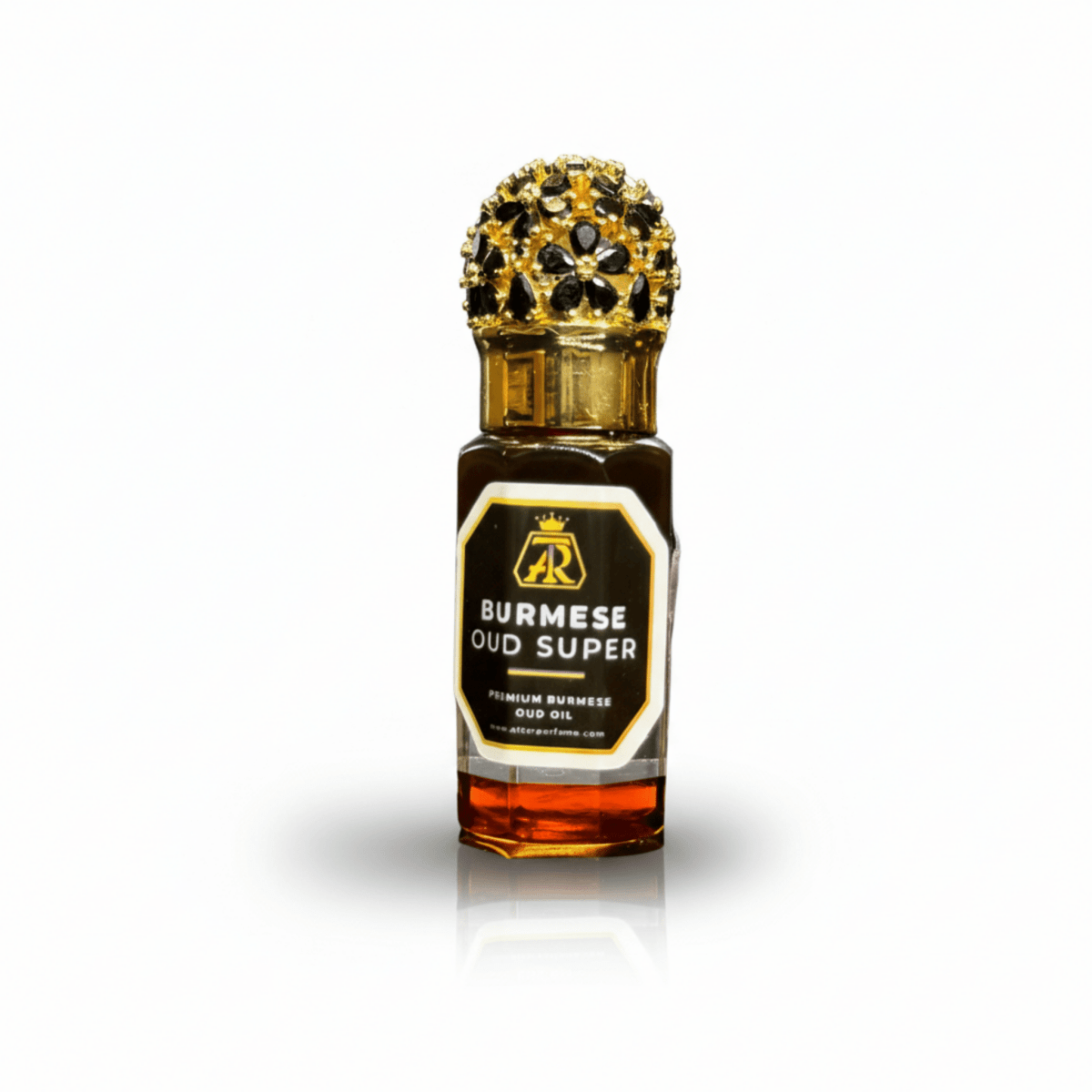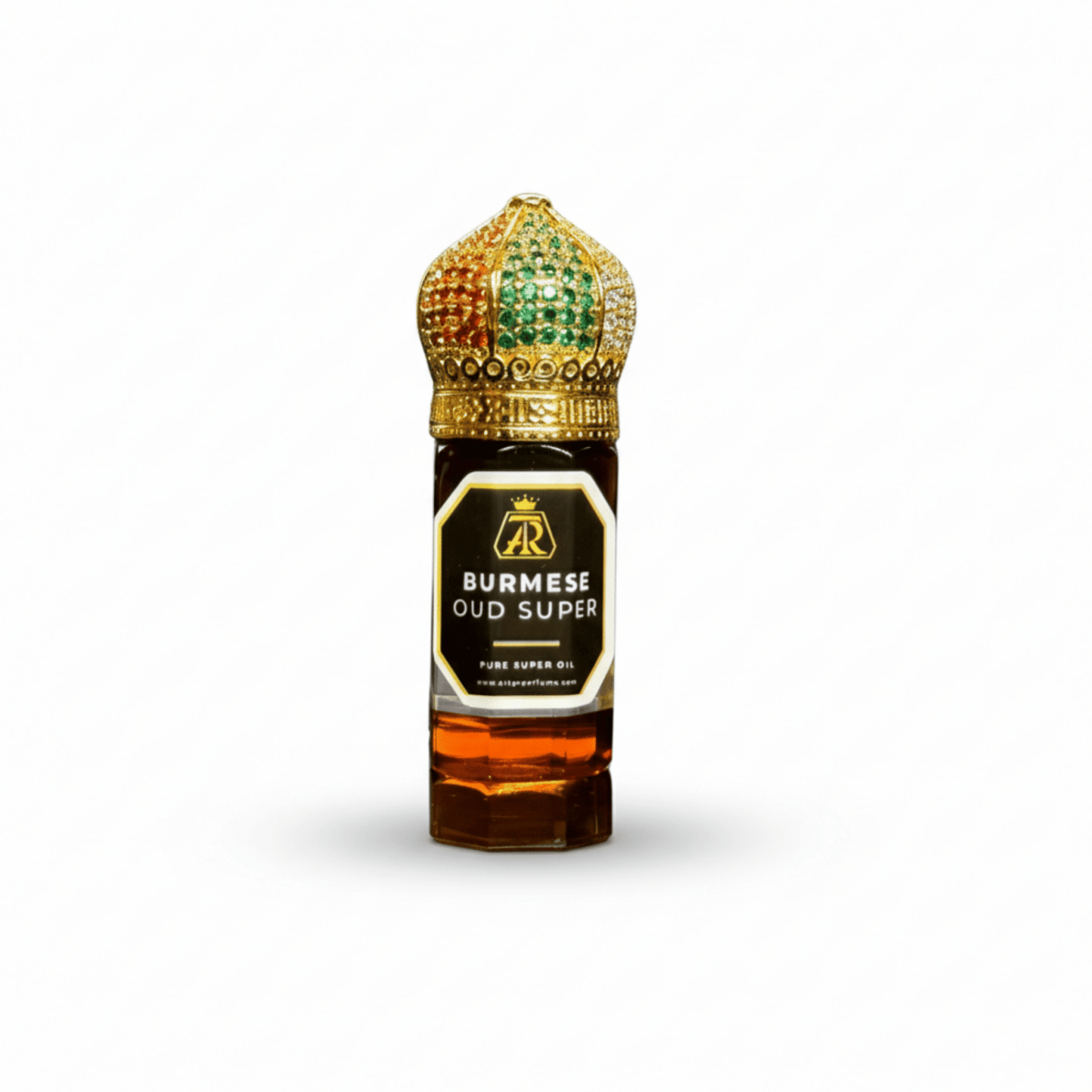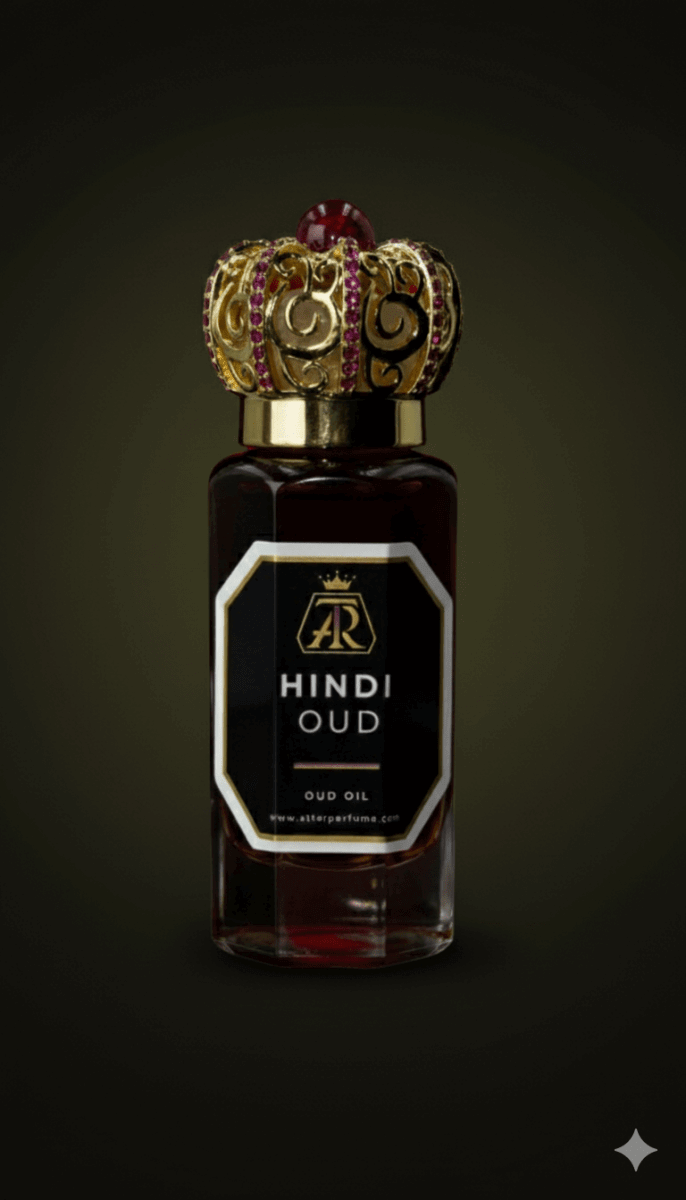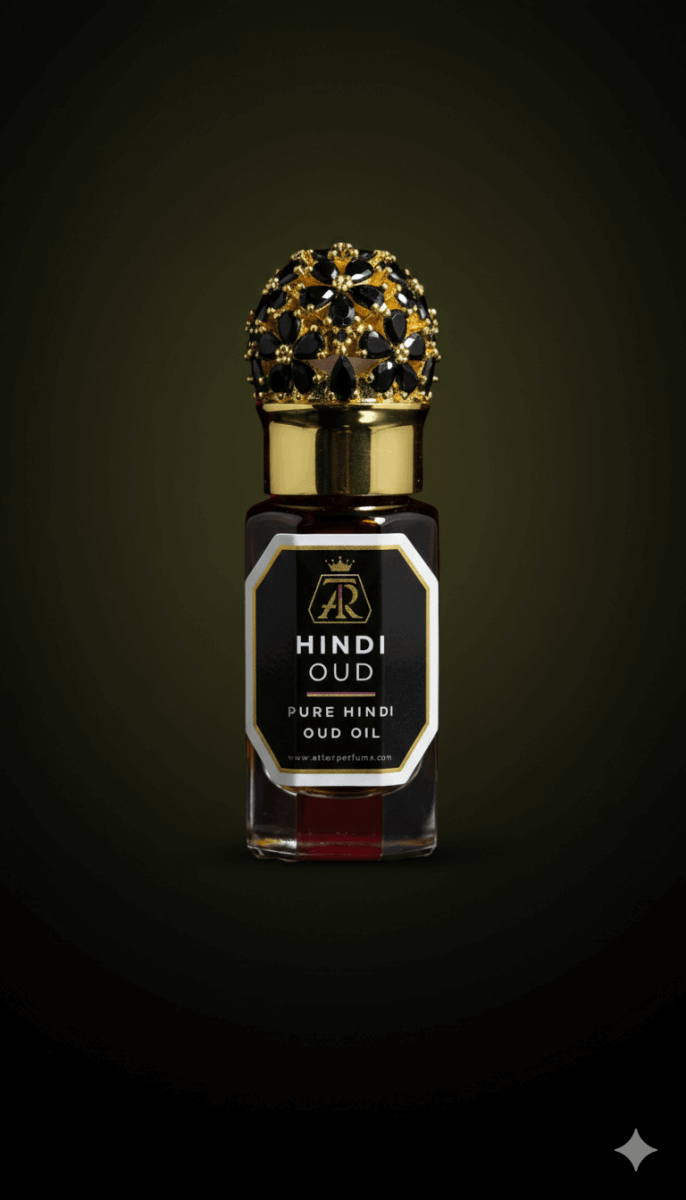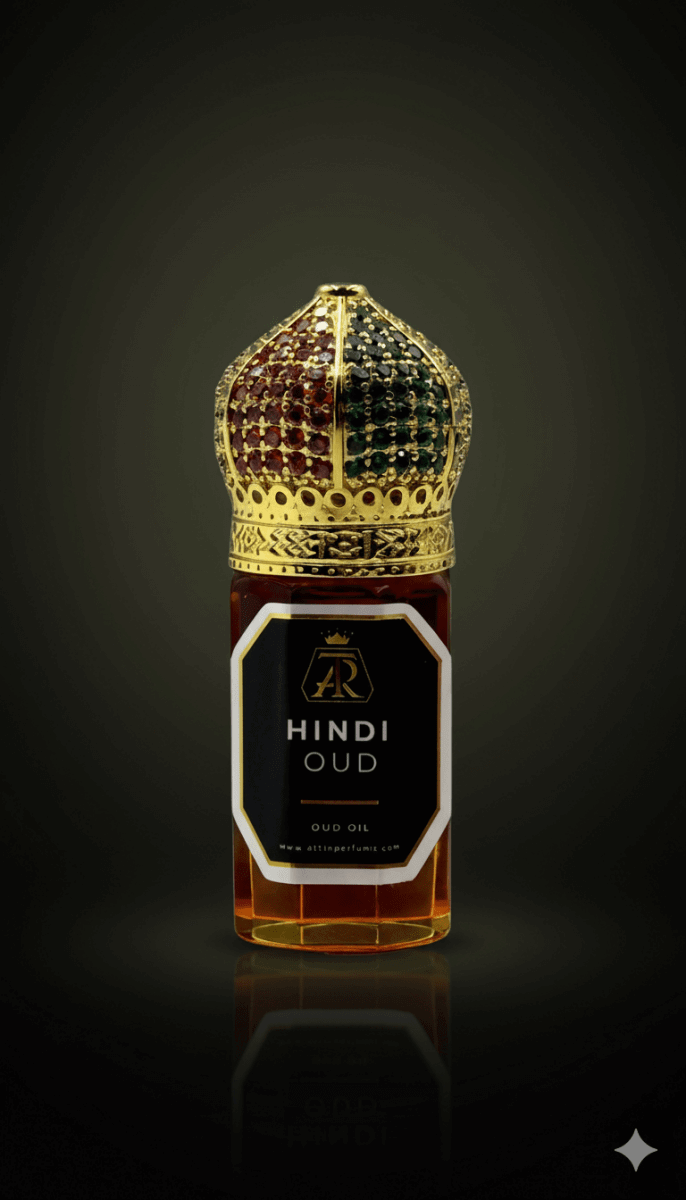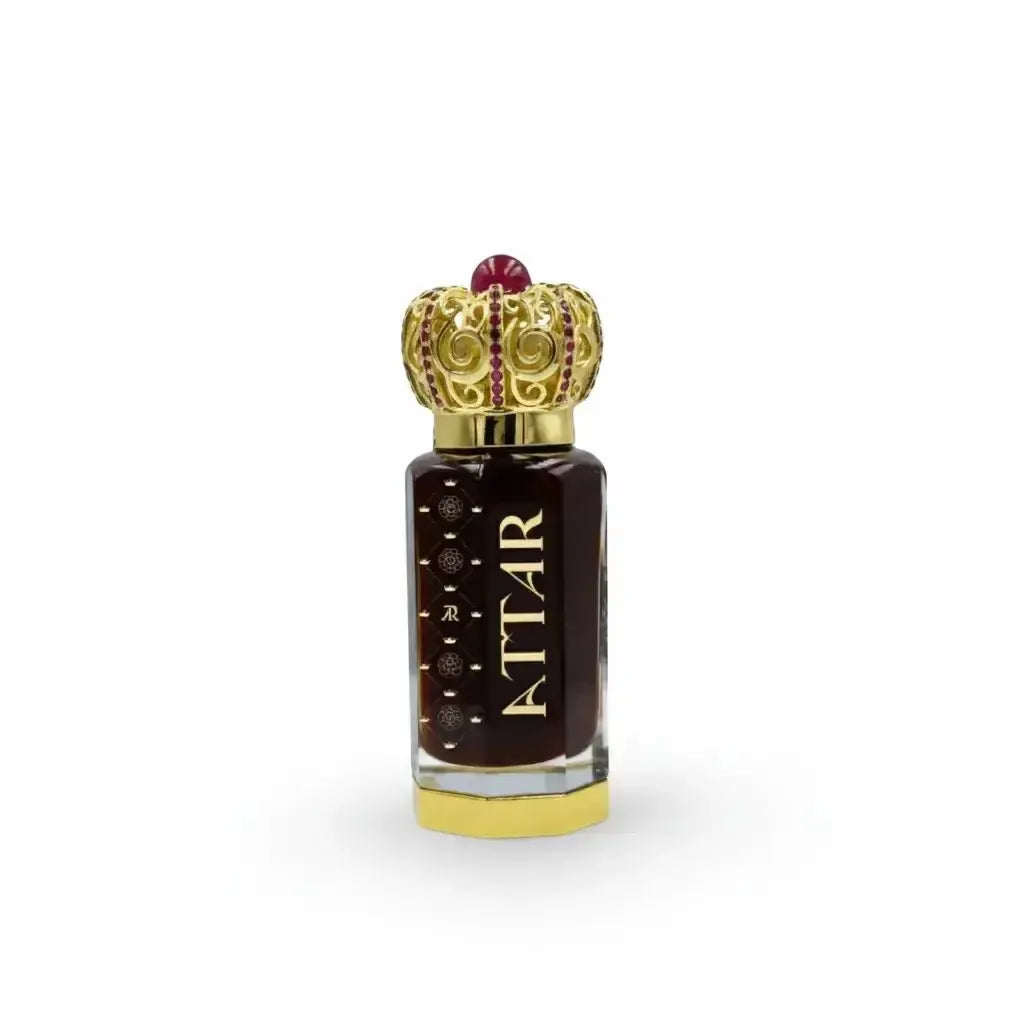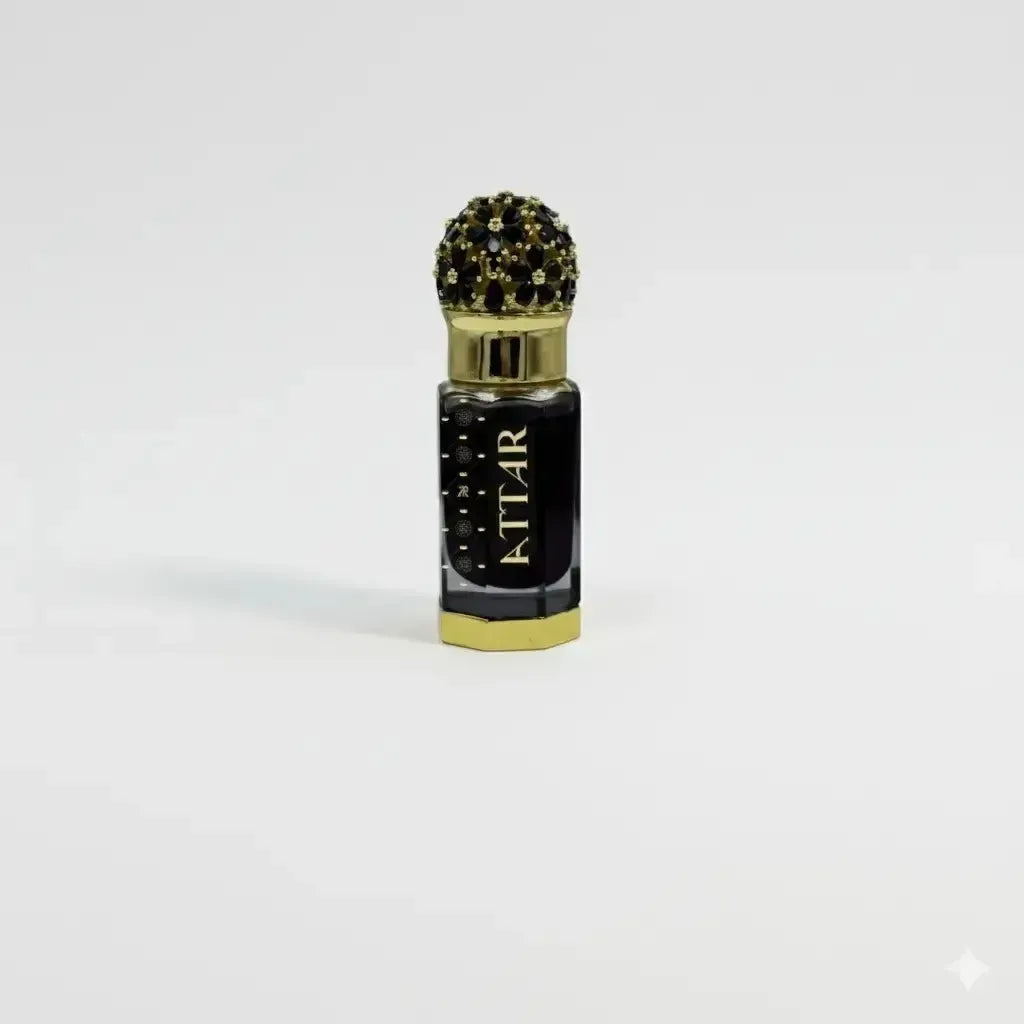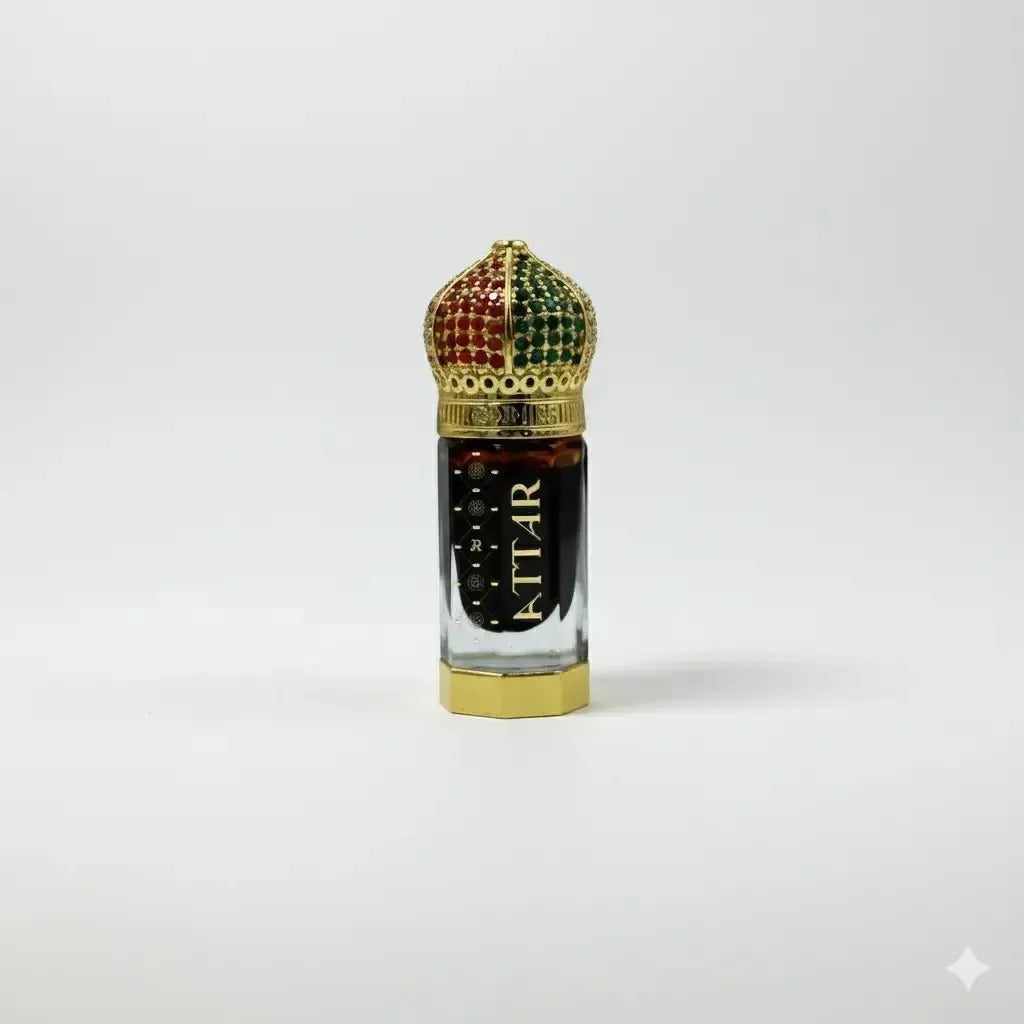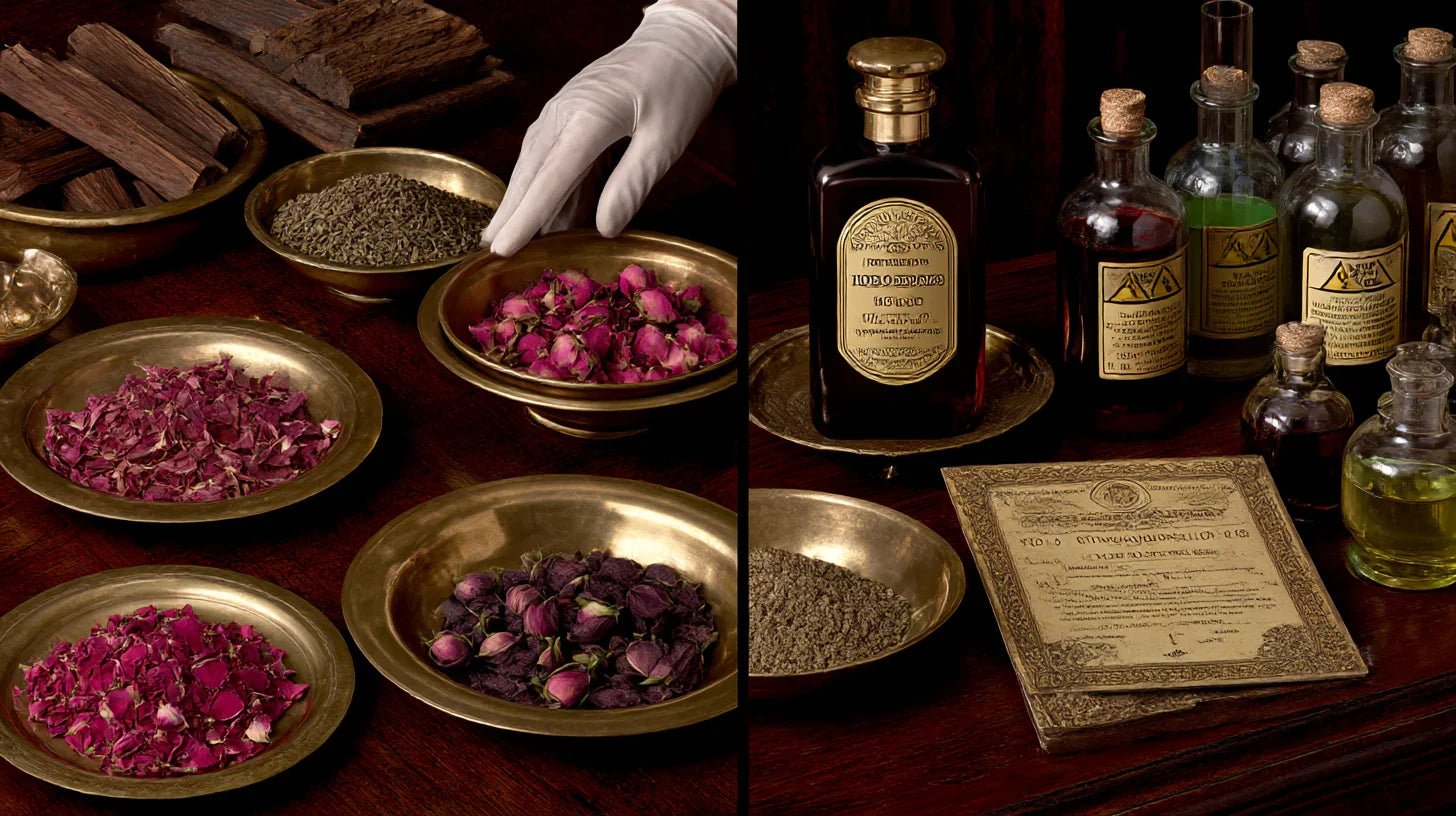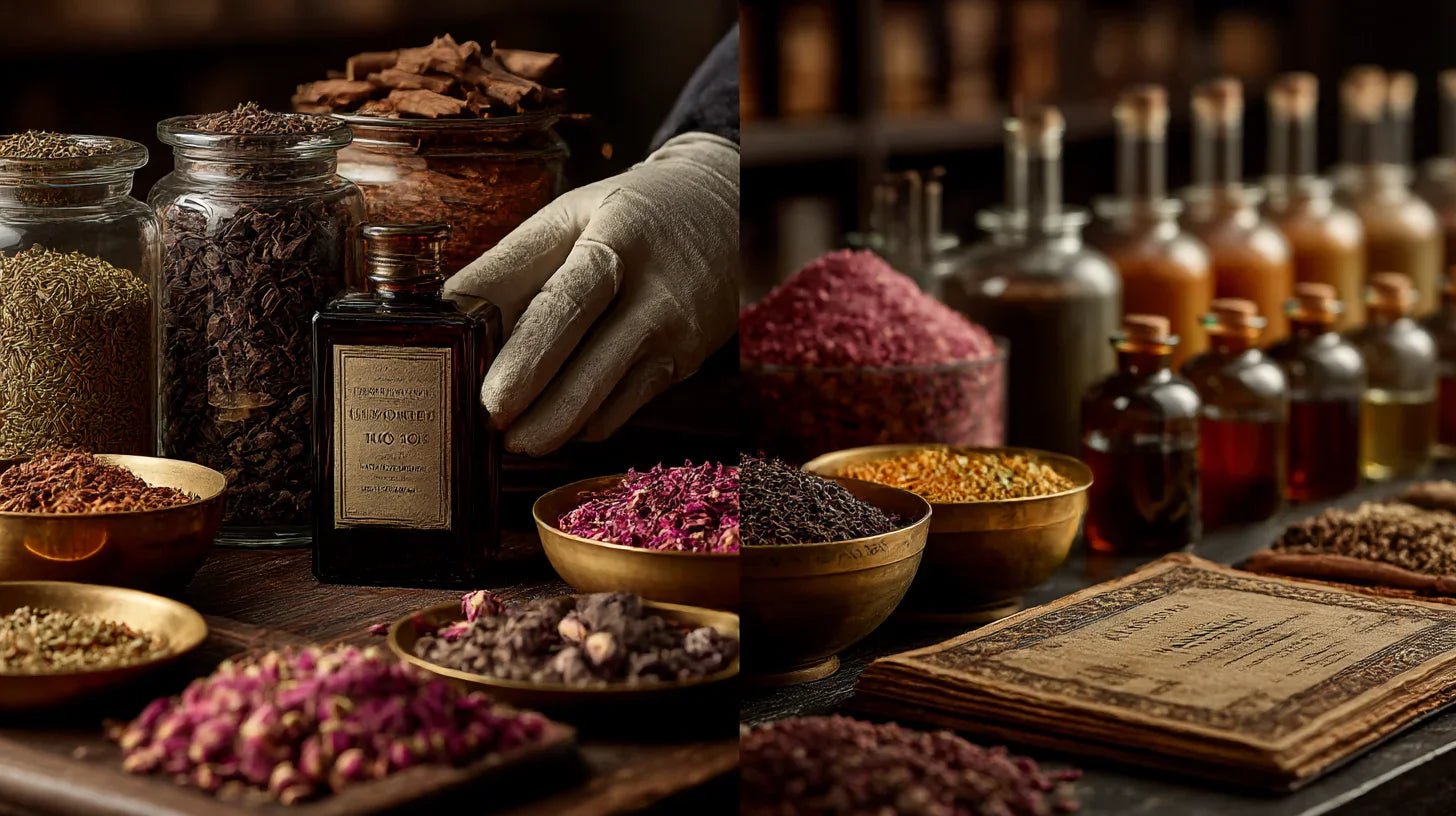When you first breathe in that deep, woody aroma of oud, it feels like you’re stepping into another world—one layered with centuries of culture, artistry, and tradition. Oud, also known as agarwood, is more than just a fragrance; it’s a living connection to stories told around fires, grand celebrations, and even quiet moments of reflection. Revered for generations across the Middle East and Asia, oud’s journey from wild forests to your perfume bottle is as fascinating as its scent.
Recently, I sat down with an oud expert whose career spans more than 25 years—an entrepreneur and artisan who’s seen every corner of the oud world, from tangled Southeast Asian jungles to bustling Riyadh perfumeries. Our conversation peeled back the curtain on an industry shaped by nature, tradition, and innovation. Here’s what I learned.
1. Oud: A Fragrance Steeped in Heritage
In many Arab homes, oud is woven into the very fabric of life. Burning oud wood chips for special guests, dabbing a drop of oud oil before family gatherings or prayers, passing around bottles during weddings—these moments spark powerful memories. You might recall the scent of your grandfather’s majlis, or the comforting aroma lingering in the air during Eid.
But oud isn’t just an Arabian treasure anymore. French, Italian, and American luxury houses have embraced oud in recent years, blending it into new perfumes for global audiences. Still, nothing compares to the complexity and rarity of real oud attar—especially when it’s distilled with patience and care.
2. From Forest Floor to Perfume Bottle
The Origins and Rarity of Oud
Oud begins its journey in the heart of Aquilaria trees found in Southeast Asia. These trees only produce their precious resin—what becomes agarwood—when they’re “wounded” or infected by a special mold. Not every tree is so lucky, and even among those that are, the resin is only produced in small, unpredictable patches. This makes true oud incredibly rare and valuable.
How Oud is Extracted
After harvest, the resin-rich wood is sorted by grade. The densest pieces are often burned as incense. The rest is steam-distilled—a painstaking process that can take days or even weeks. The first oil is often sharp and pungent, but over months or years, it mellows into that smooth, multi-layered scent that makes oud so prized. If you hear oud described as “aged,” this is what’s meant: it’s been allowed to develop and deepen, much like a fine wine.
3. Saudi Arabia: The Heartbeat of Oud Culture
Nowhere is oud more loved than in Saudi Arabia. The demand here is legendary—boutiques in Riyadh and Jeddah sell oils and incense at prices that reflect both rarity and local obsession. It’s not uncommon to see bottles side by side, one costing $100, the next $2,000 or more. The difference? Sometimes it’s the source, sometimes the age, but always the expertise behind the blend.
4. Oud’s Many Faces: Regional and Enhanced Variations
Oud Profiles by Origin:
-
Indian Oud: Deep, spicy, earthy, and animalic.
-
Cambodian Oud: Sweet, slightly tangy, complex.
-
Indonesian Oud: Woody, balanced, gentle sweetness.
-
Thai Oud: Consistent, refined, and increasingly popular.
Natural vs. Enhanced:
To meet growing demand, some producers enhance lesser wood with extra resin or additives. These “treated” ouds can be more affordable, but purists seek naturally infected agarwood for its unmatched nuance.
5. Challenges and Changes: Sustainability, Trust, and Transparency
Because wild agarwood is scarce, international regulations (like CITES) require replanting and control over harvest. But policing these rules is tough. Counterfeit oud—either diluted or synthetic—remains a problem, especially for newcomers. This is why buying from reputable sellers or those who offer certificates of authenticity is so crucial.
6. The New Face of Oud: Innovation Meets Tradition
Younger generations, especially in the Middle East, want oud but sometimes prefer lighter or more playful styles. Perfumers now blend oud with notes like rose, chocolate, or even citrus to create new experiences, making oud more accessible than ever. Meanwhile, artisans experiment with aeration, aging, and multi-stage distillation to refine and highlight oud’s most beautiful qualities.
7. How to Choose the Right Oud for You
-
Know your preference: Do you love sweet, floral, or smoky scents?
-
Buy from trusted sources: Reputation matters!
-
Compare: Sample ouds from different regions—each tells a different story.
-
Ask about age: Aged oud is usually smoother and more refined.
-
Start small: Invest in small bottles or samples first.
-
Check clarity: Very cloudy oil can indicate poor quality or contamination.
8. The Future of Oud: Where Heritage Meets Tomorrow
Oud is at a crossroads—balancing centuries-old tradition with modern innovation. Sustainability, education, and creative blending will shape its future. As oud becomes a global favorite, its story keeps evolving, always grounded in artistry and respect for nature.
In the end, oud attar isn’t just a fragrance. It’s a living legacy—one that connects people across time, culture, and continents. Whether you’re an avid collector or new to the world of oud, each drop is an invitation to explore, reflect, and savor a piece of olfactory history.
